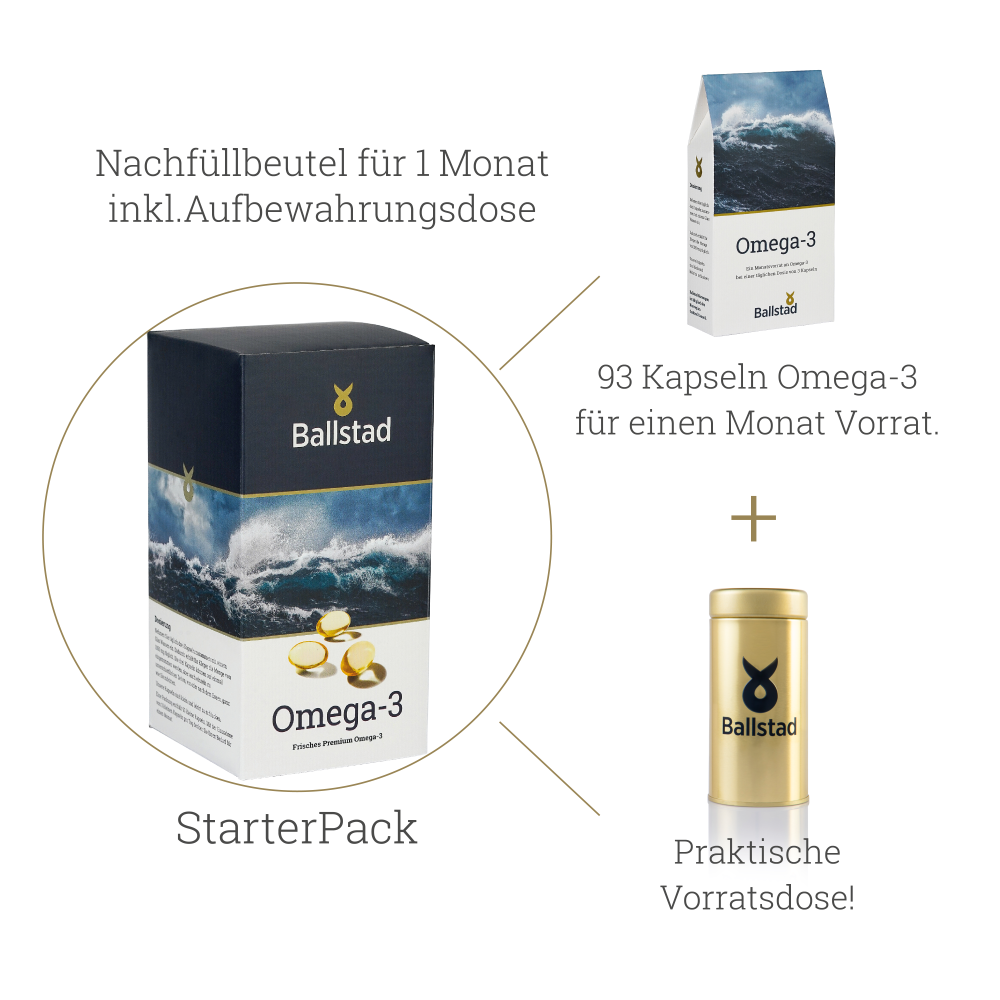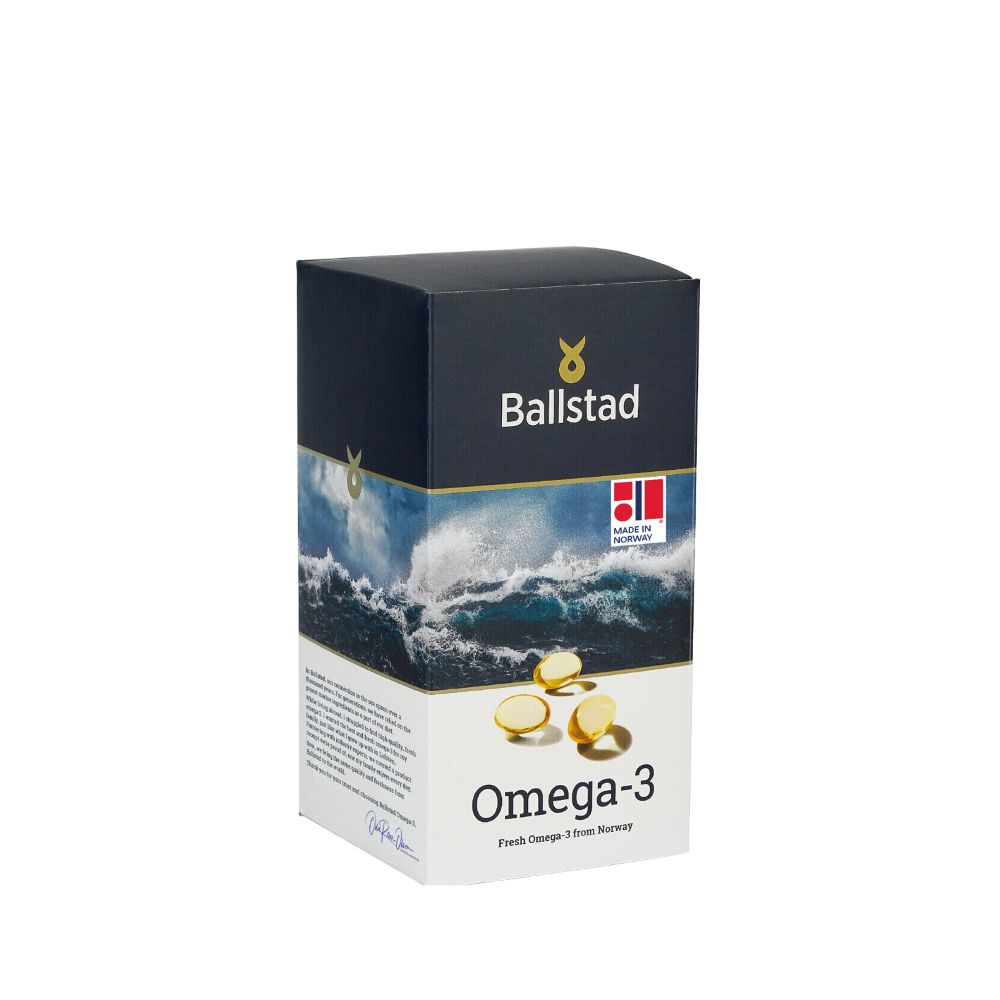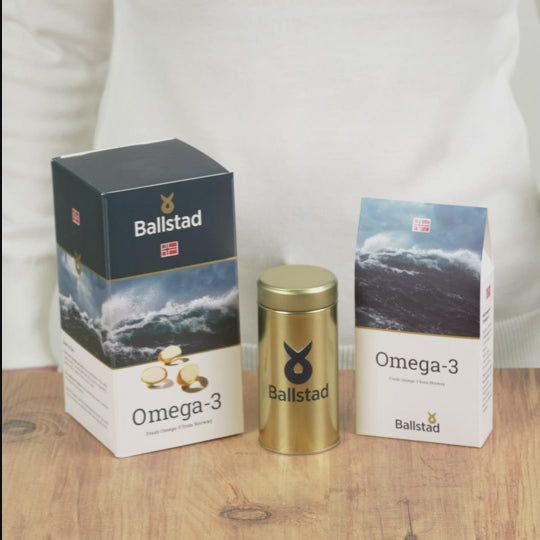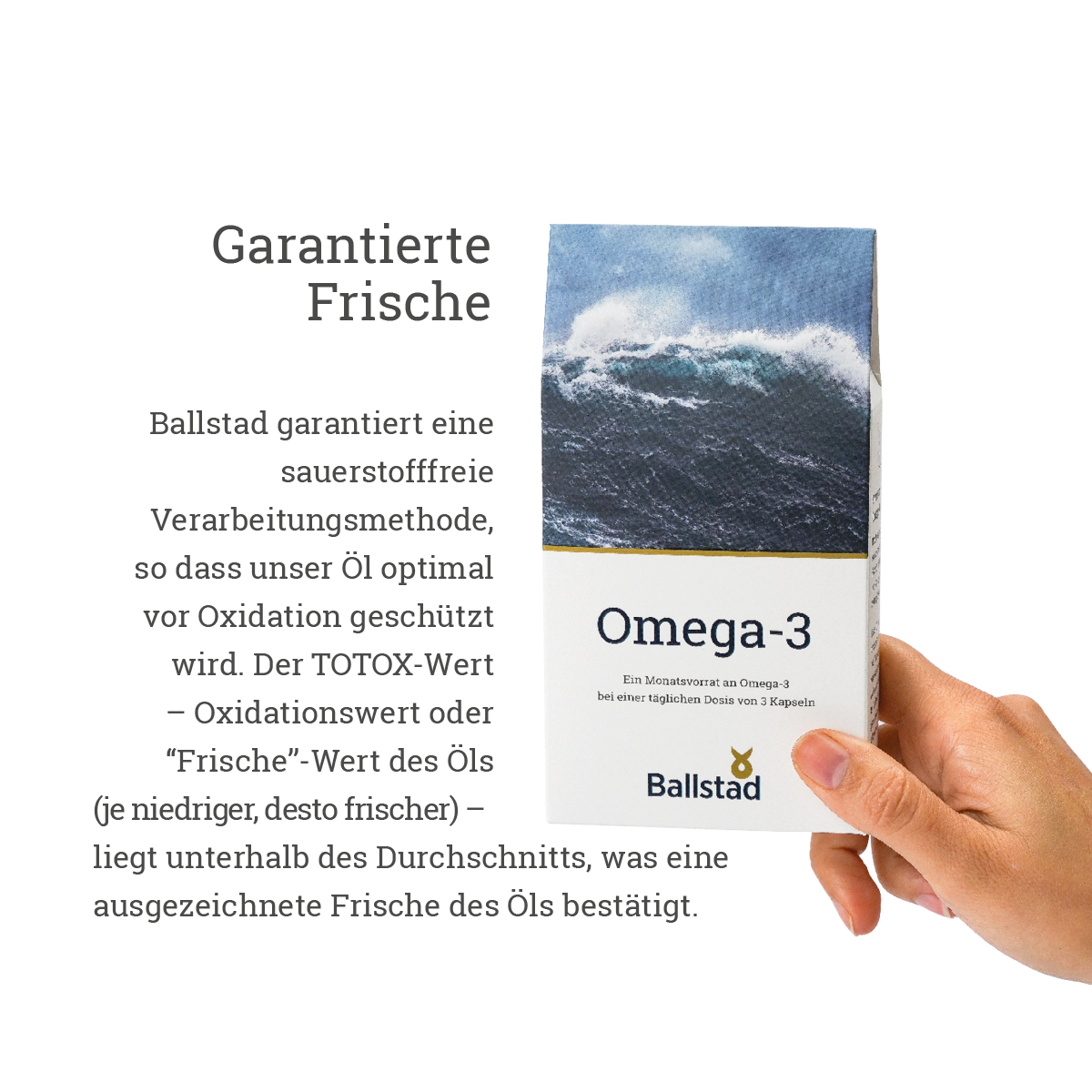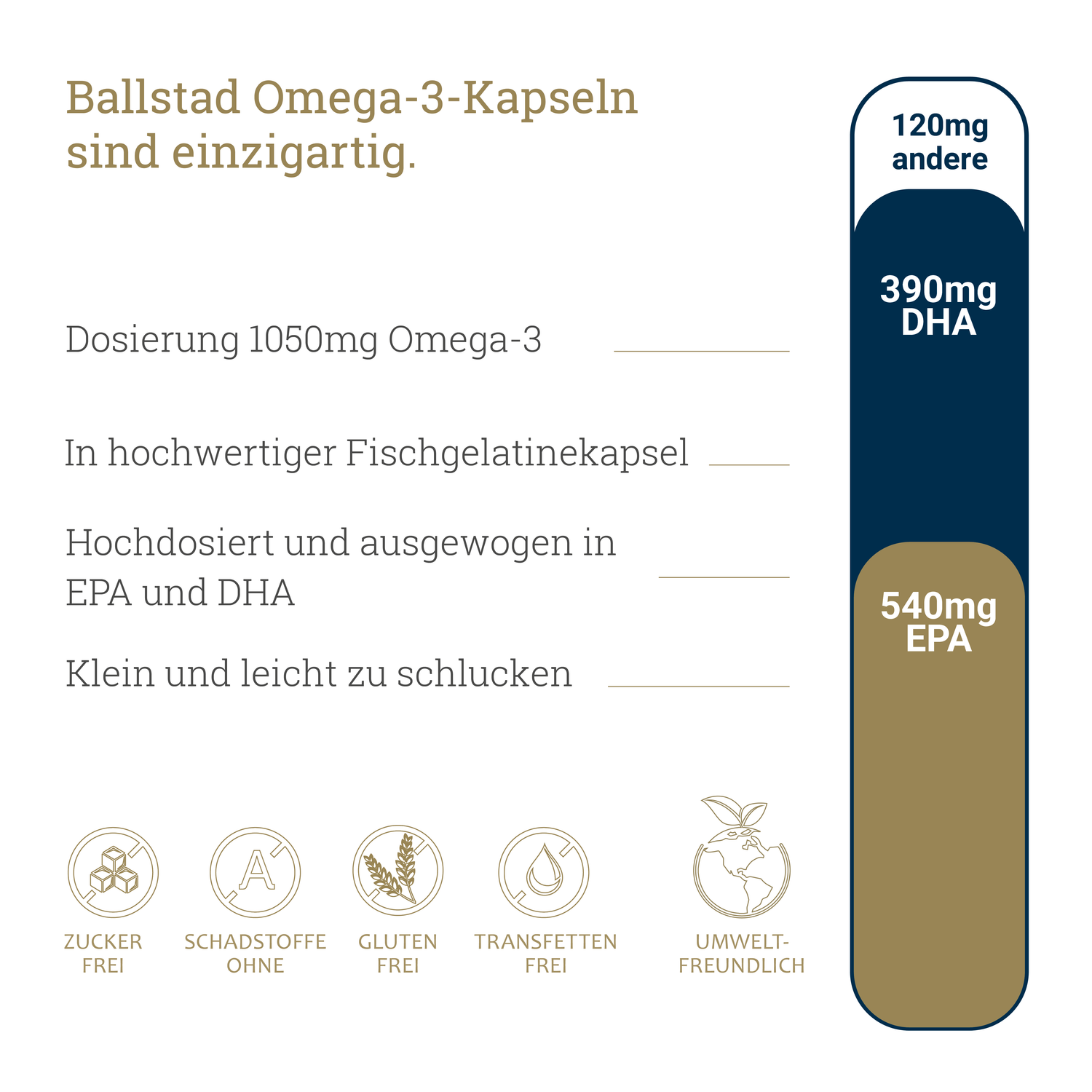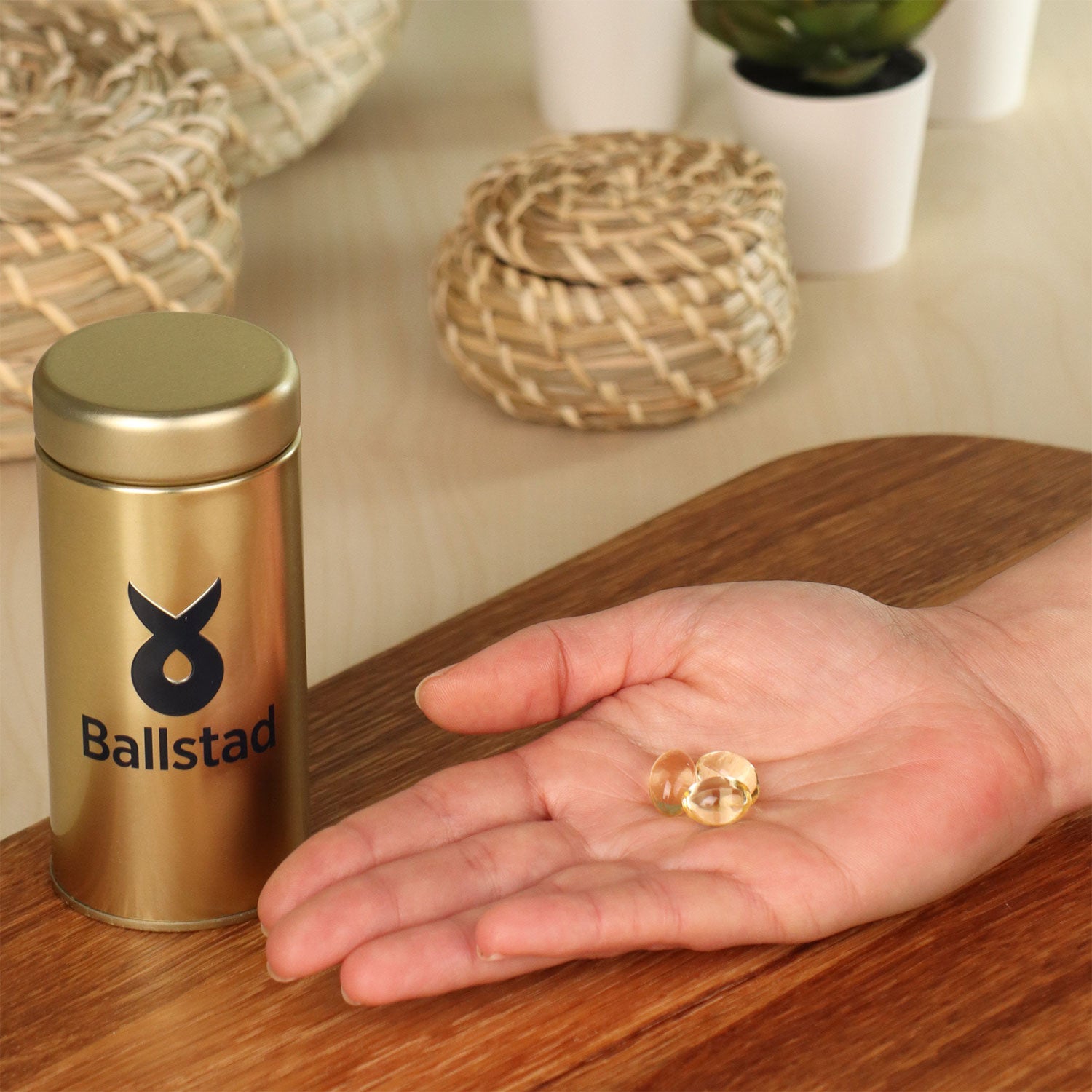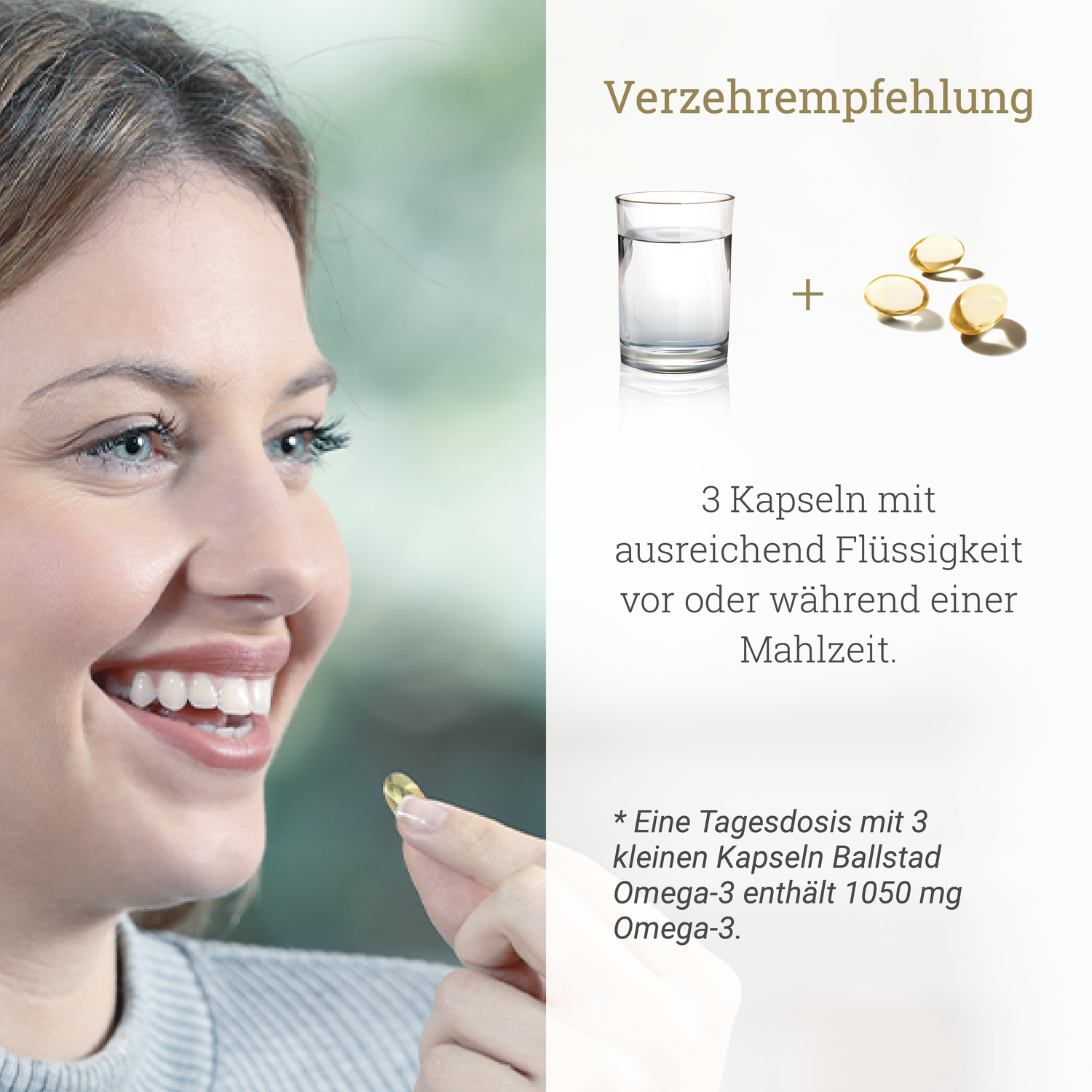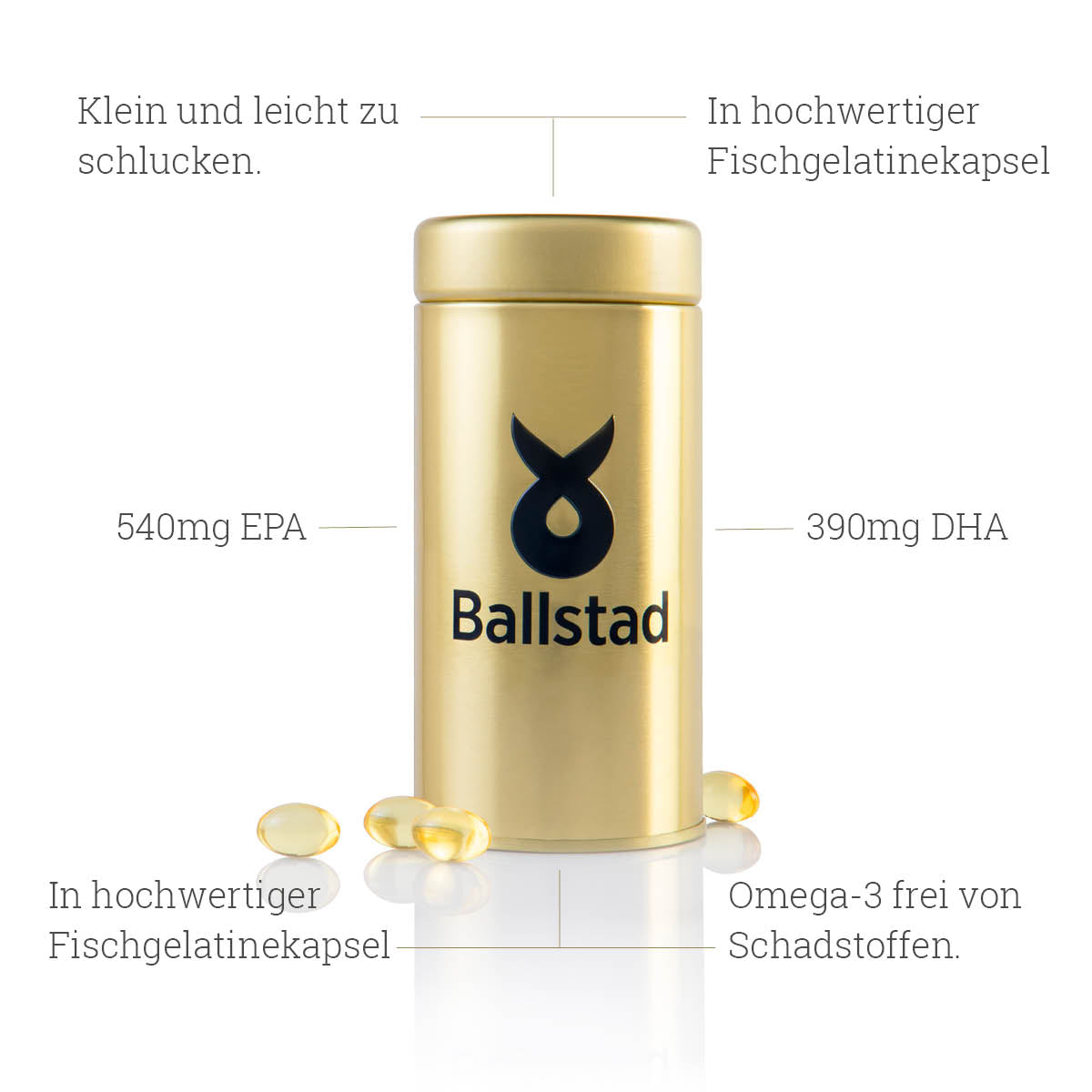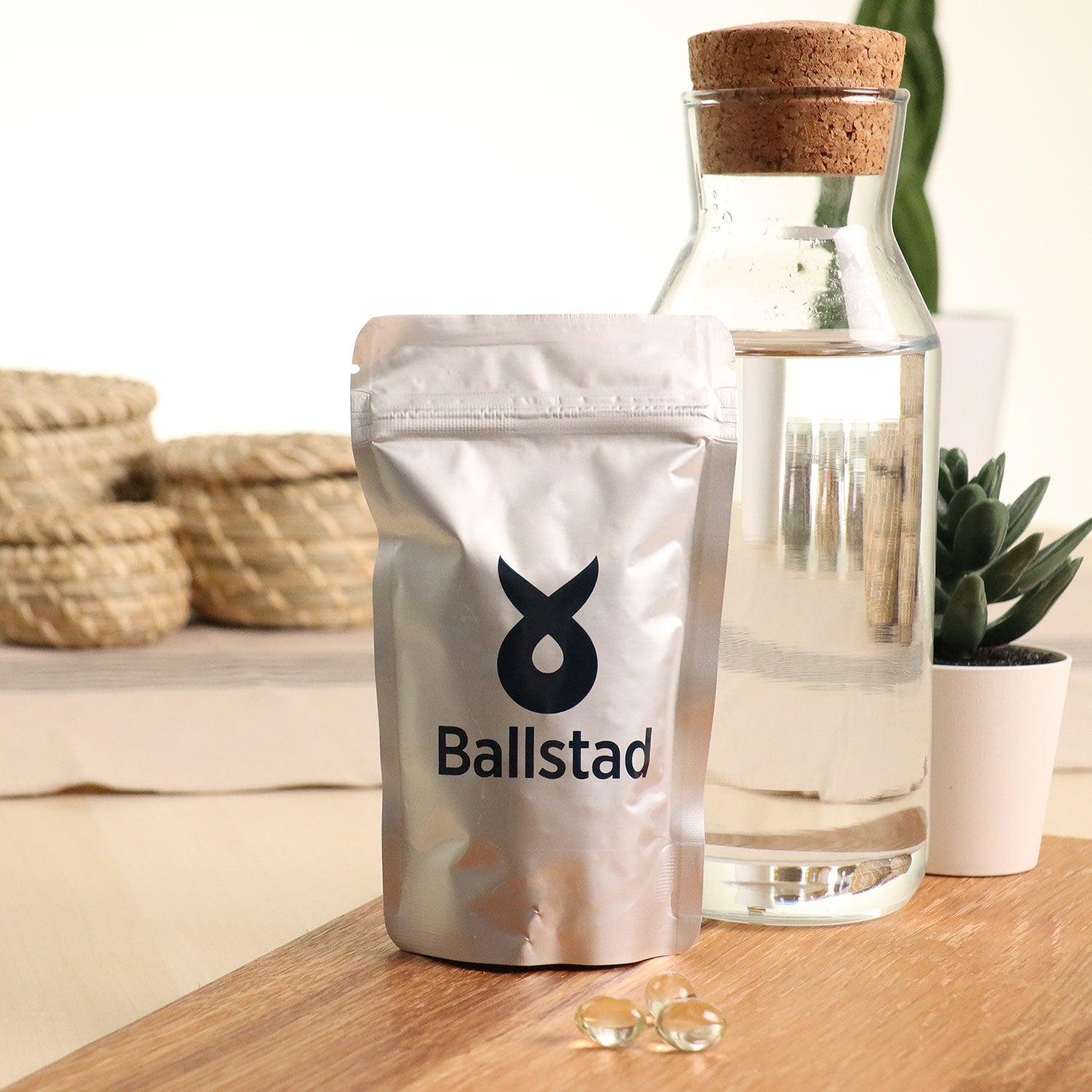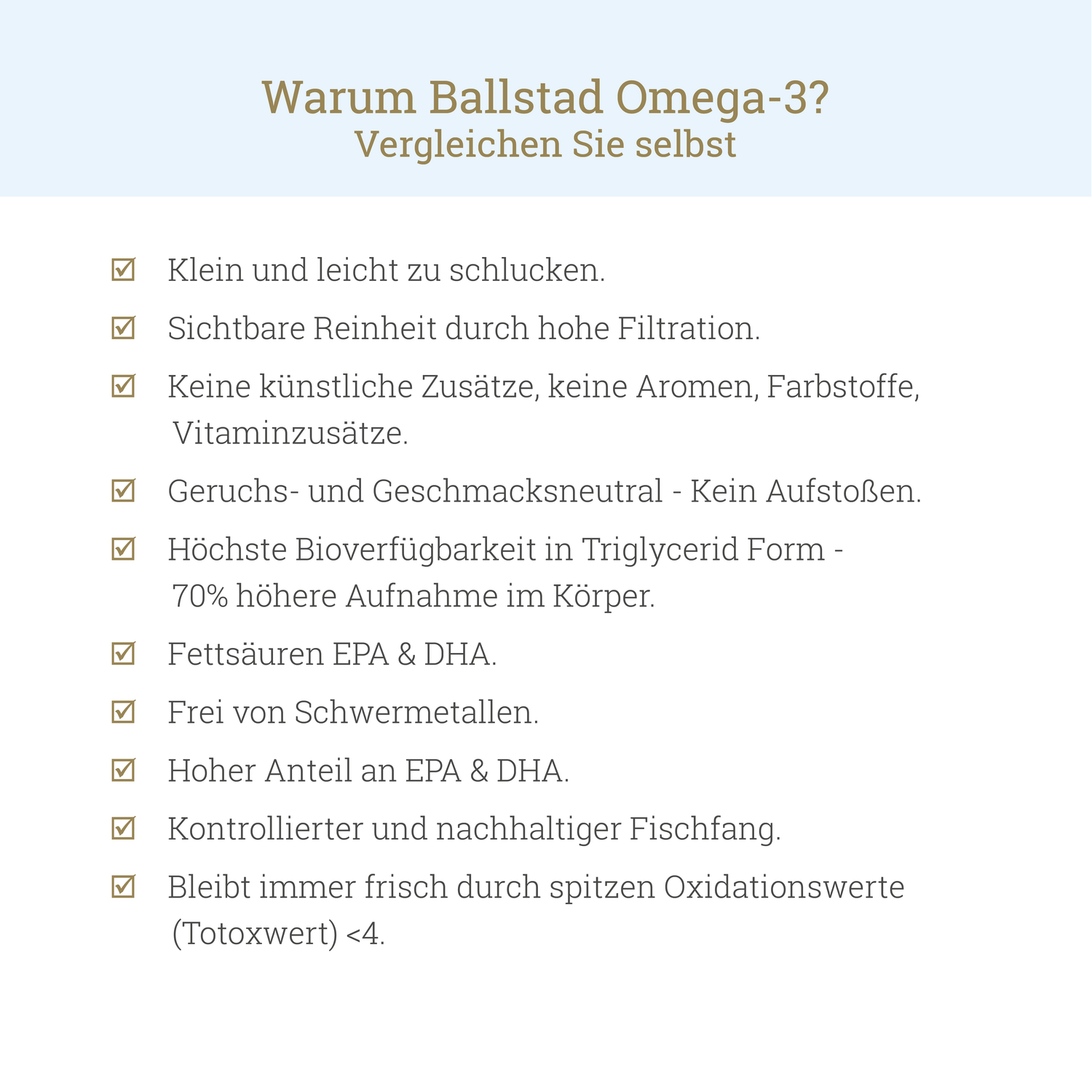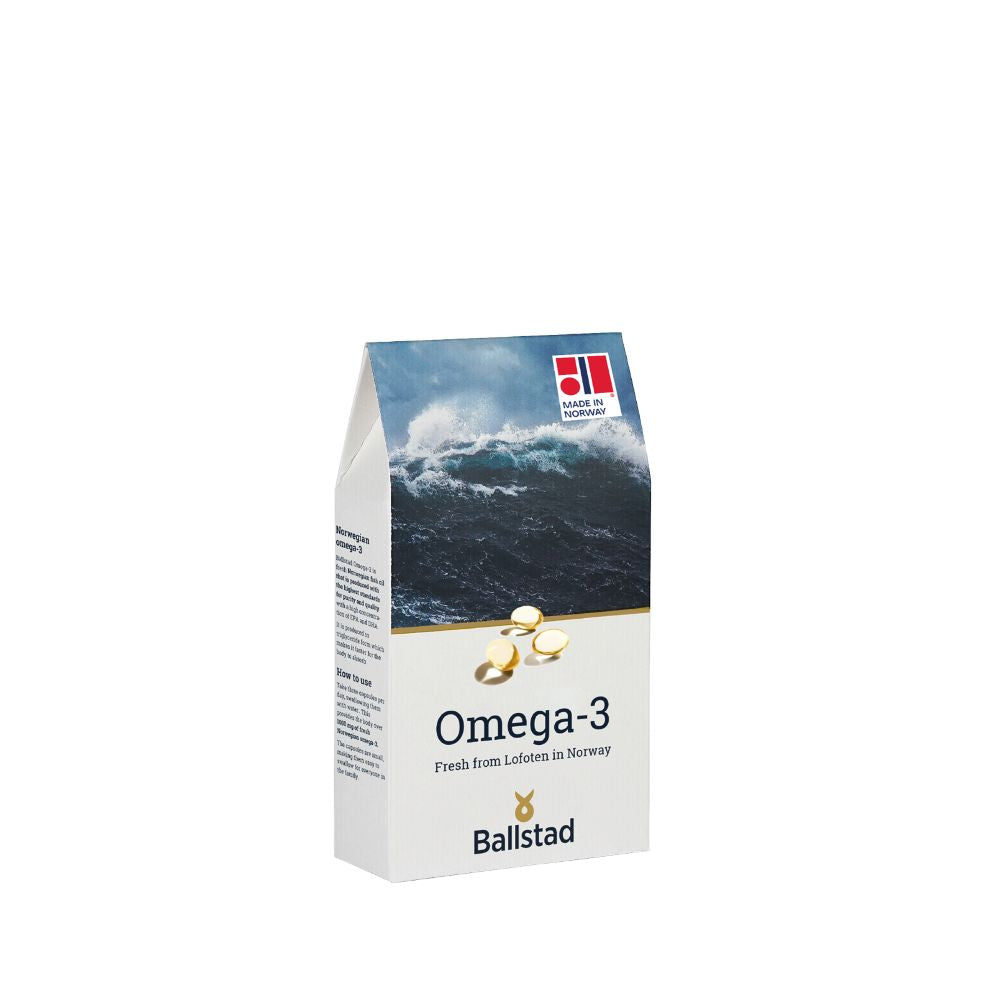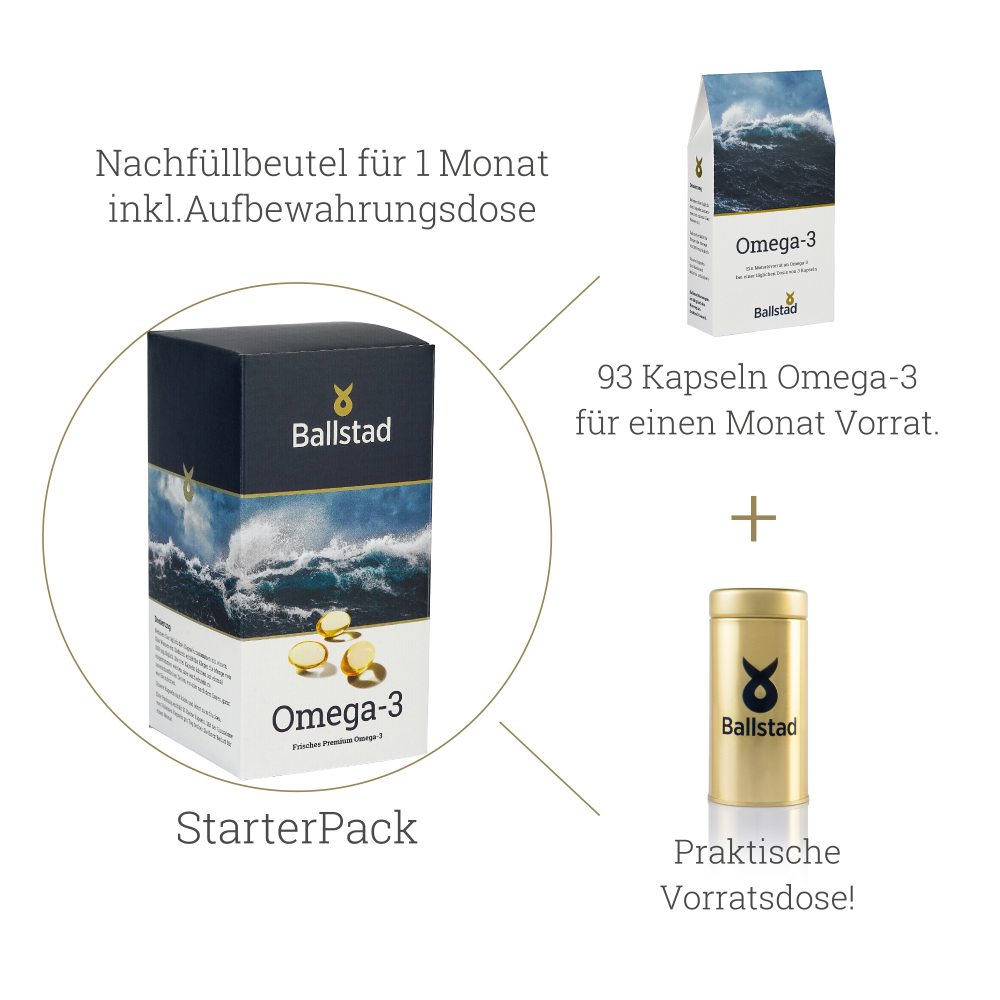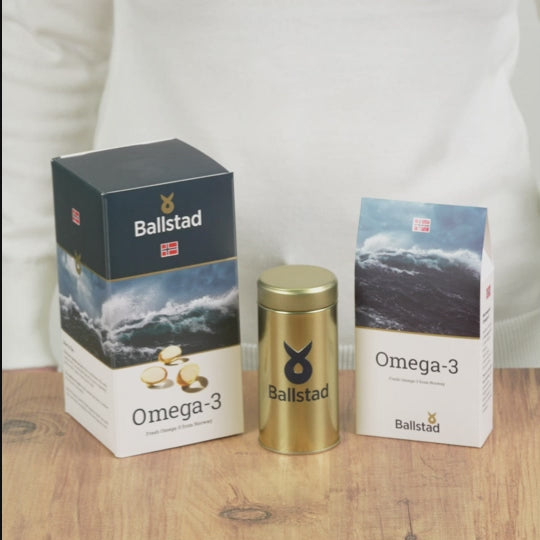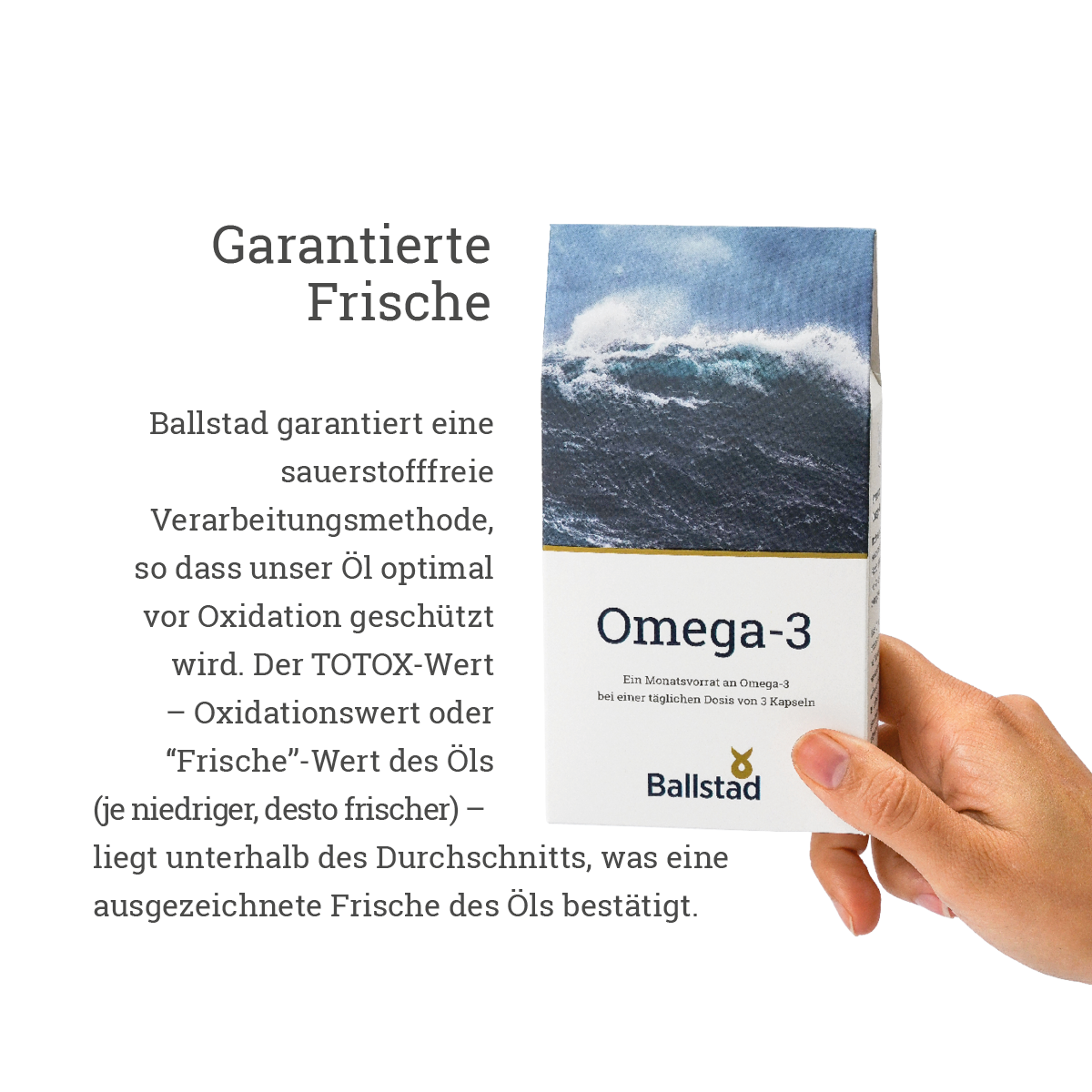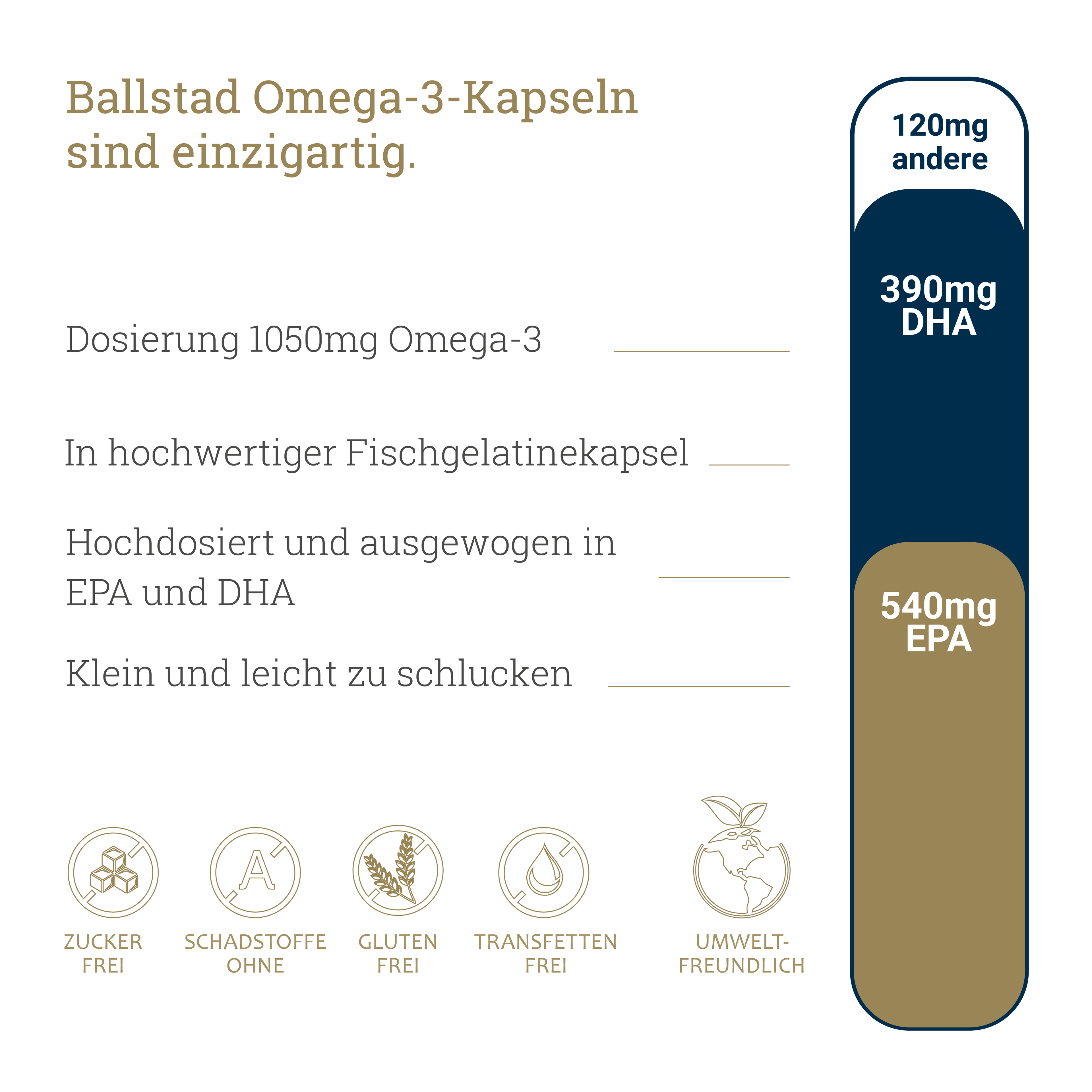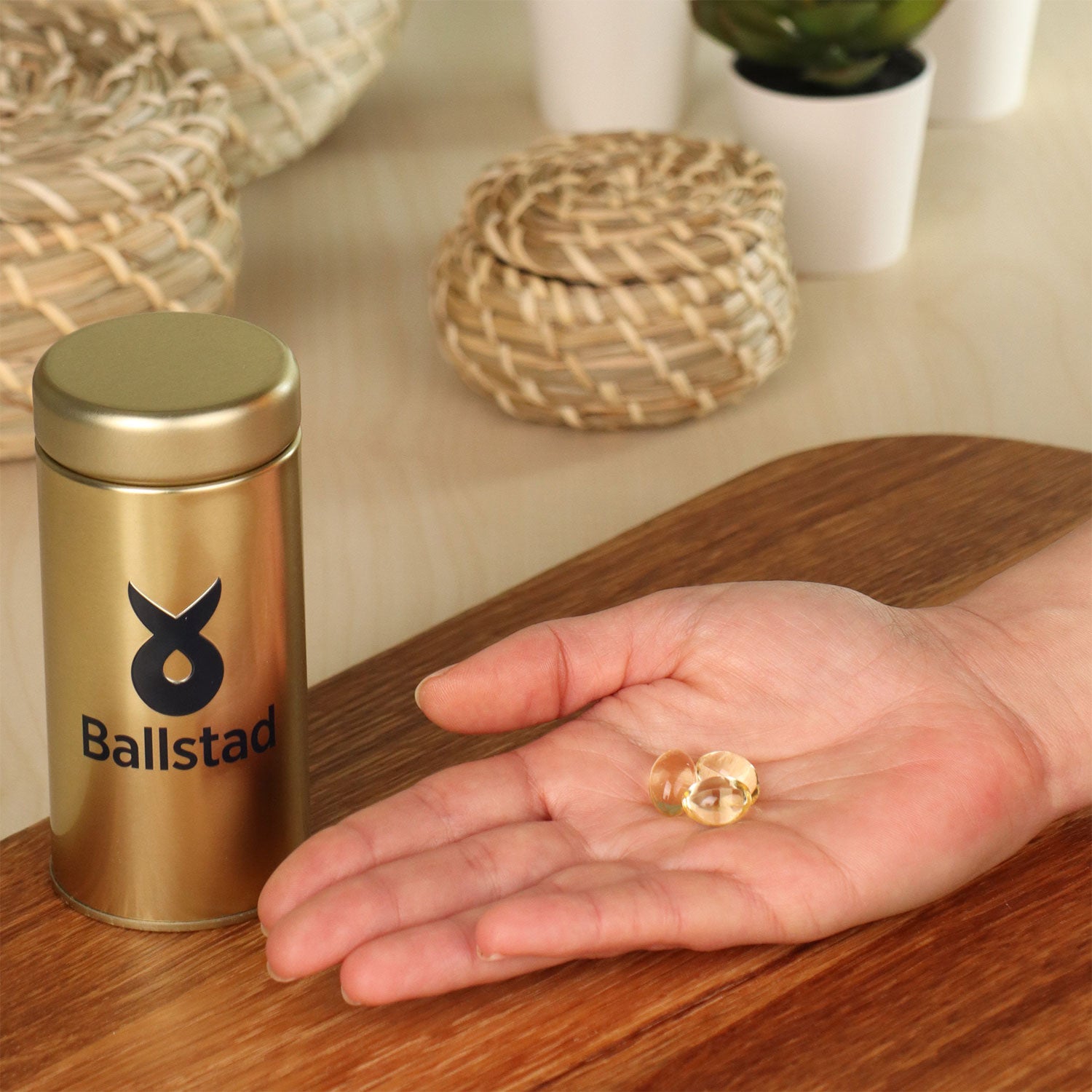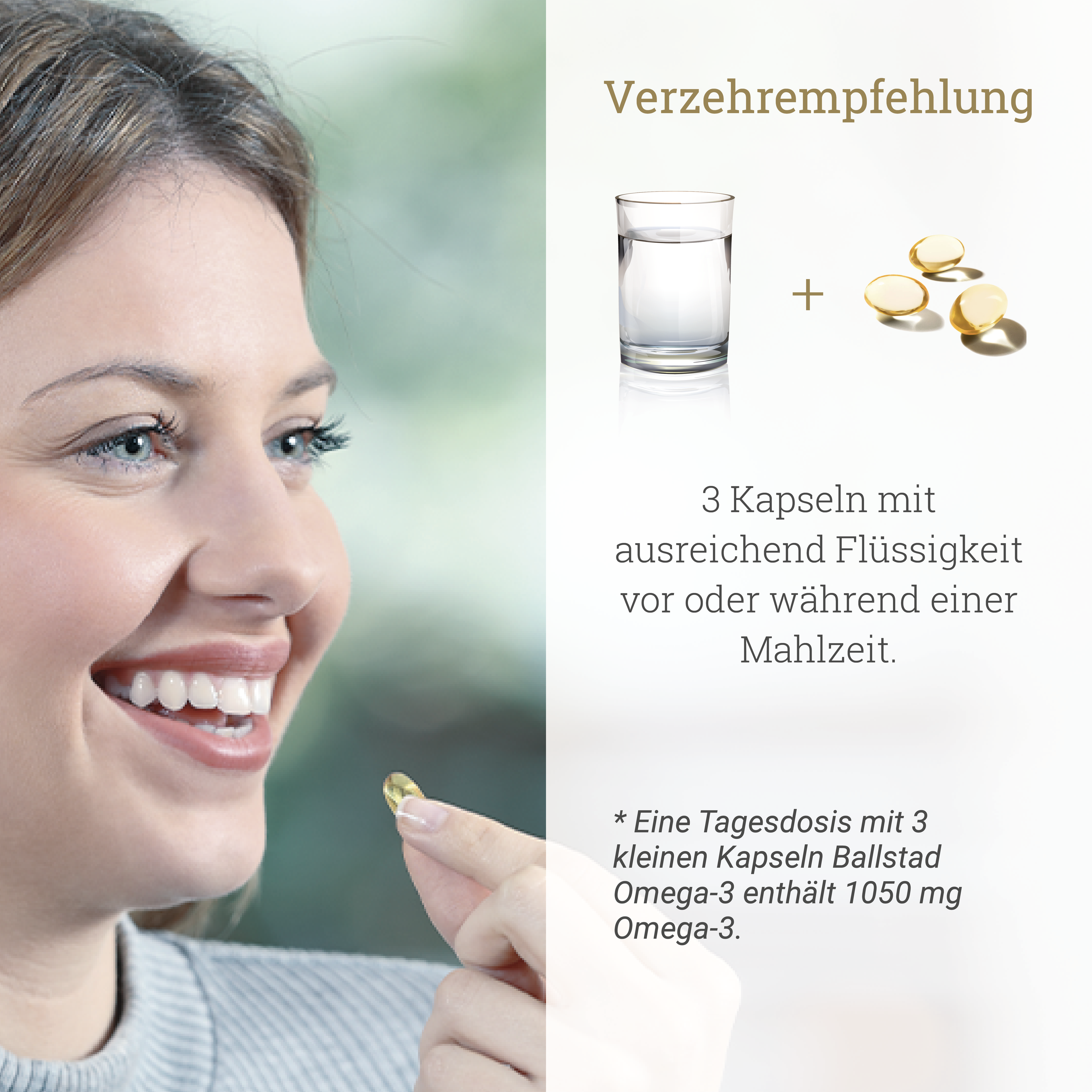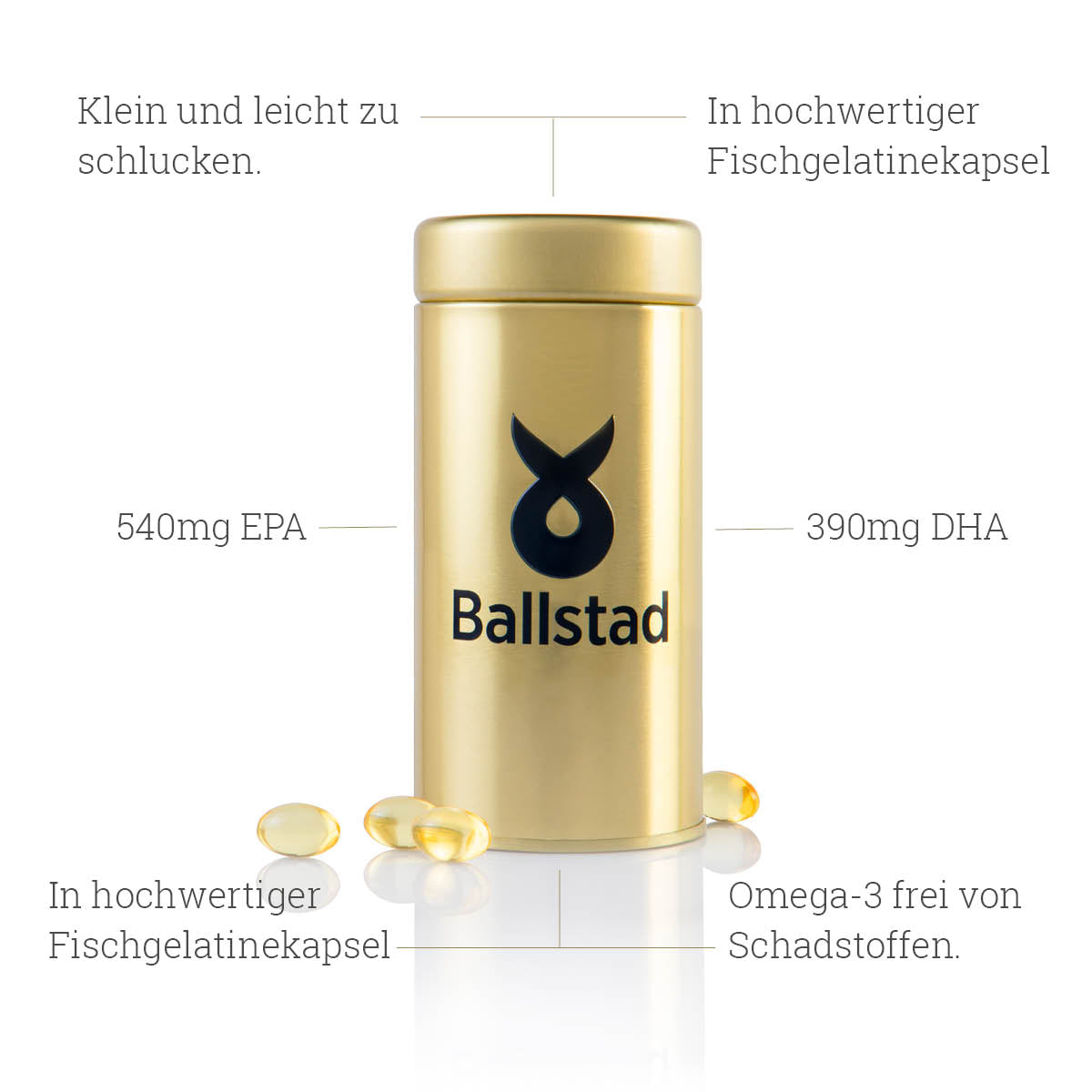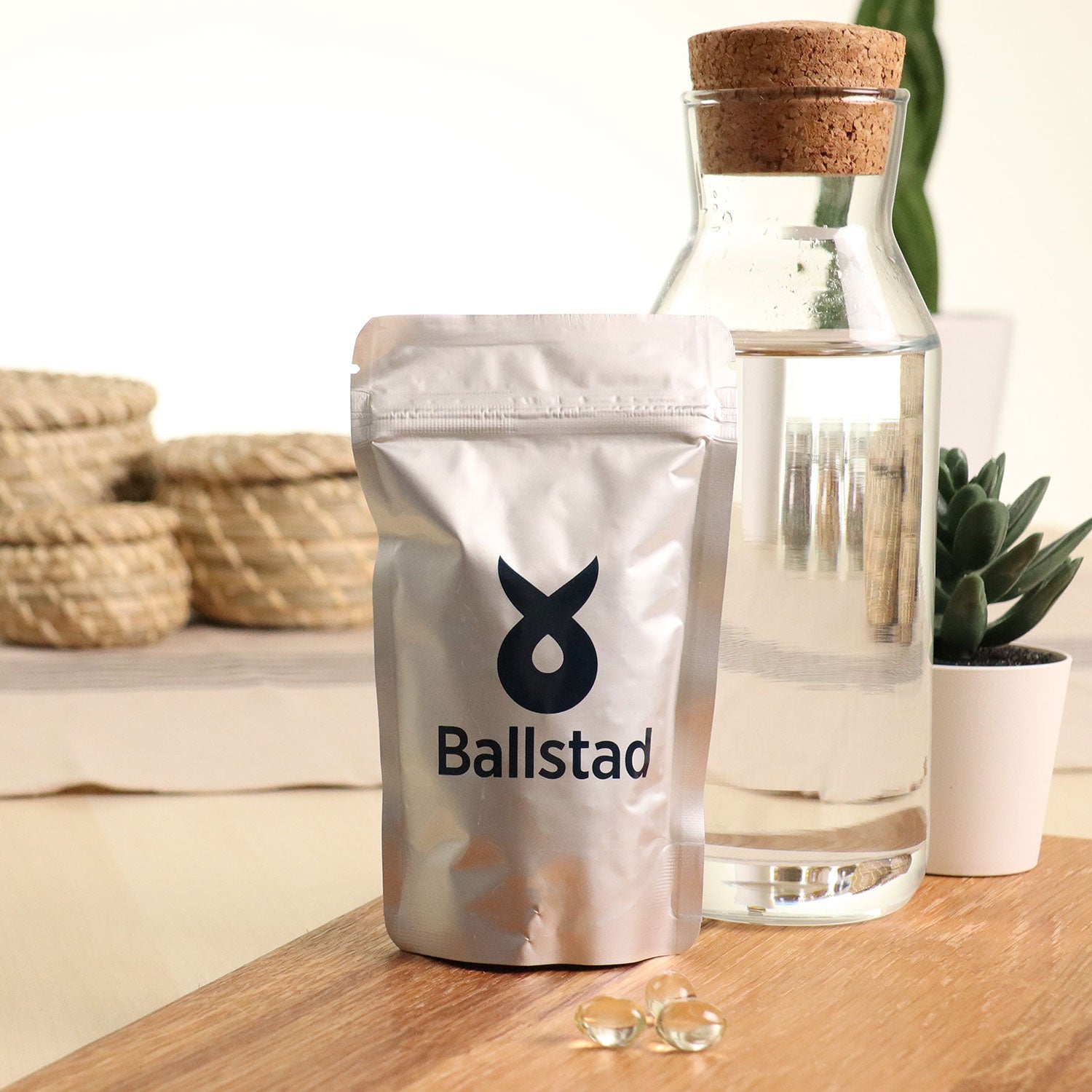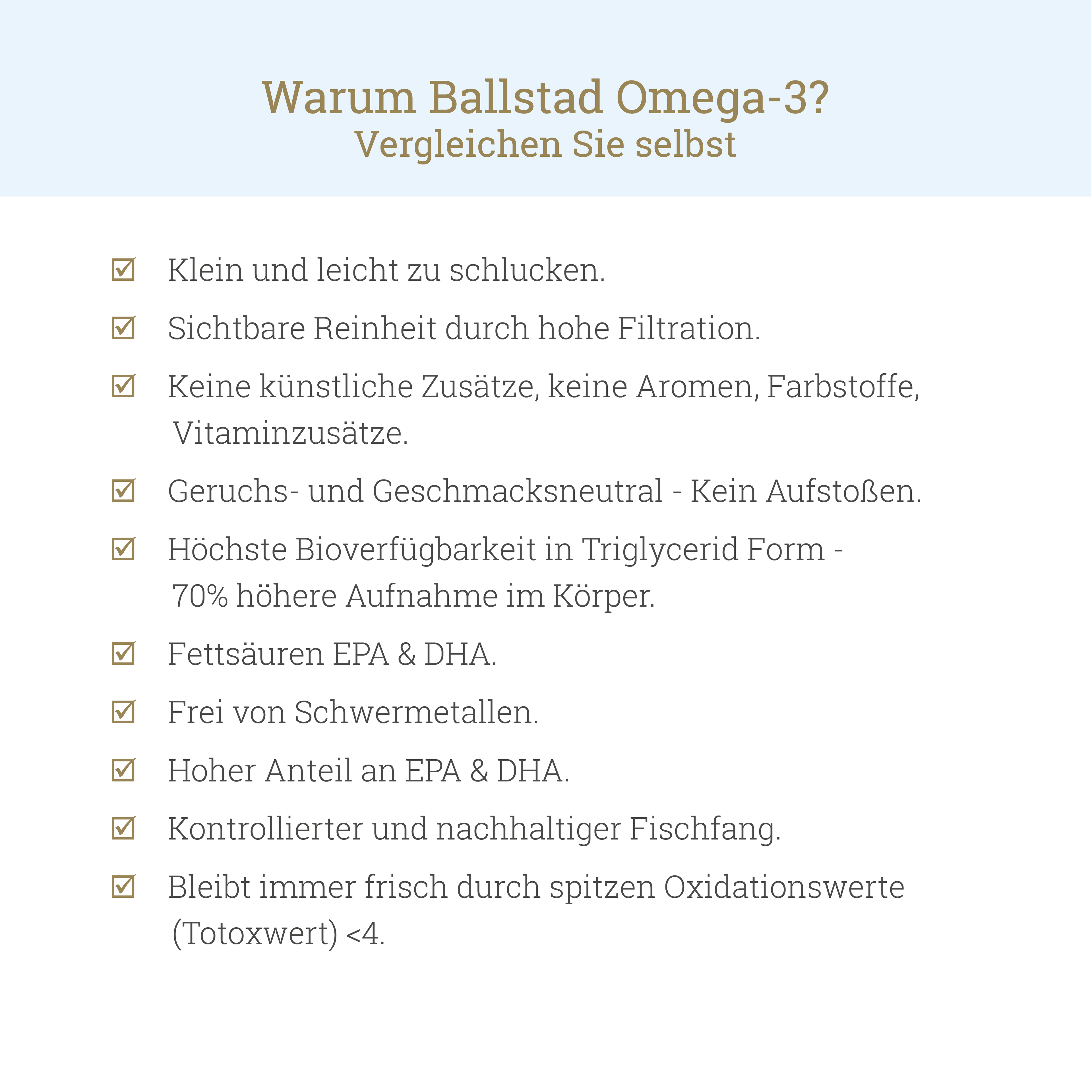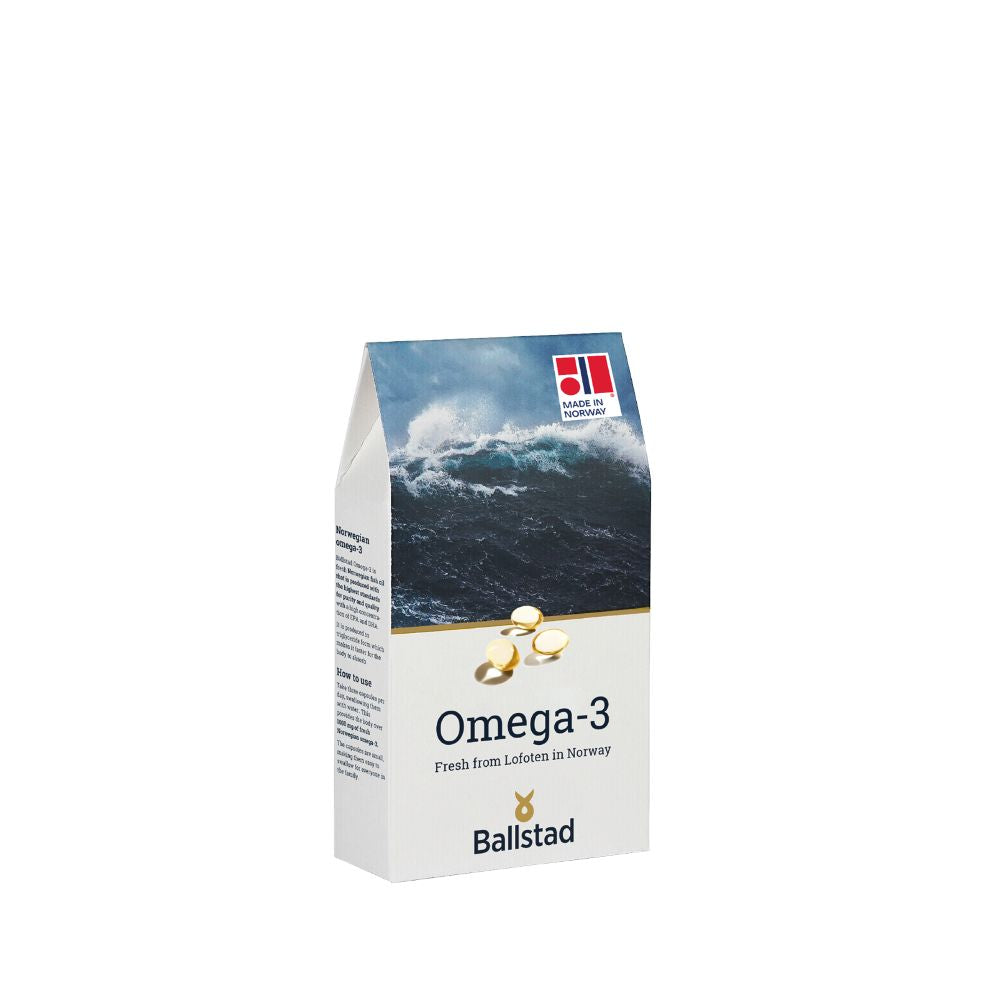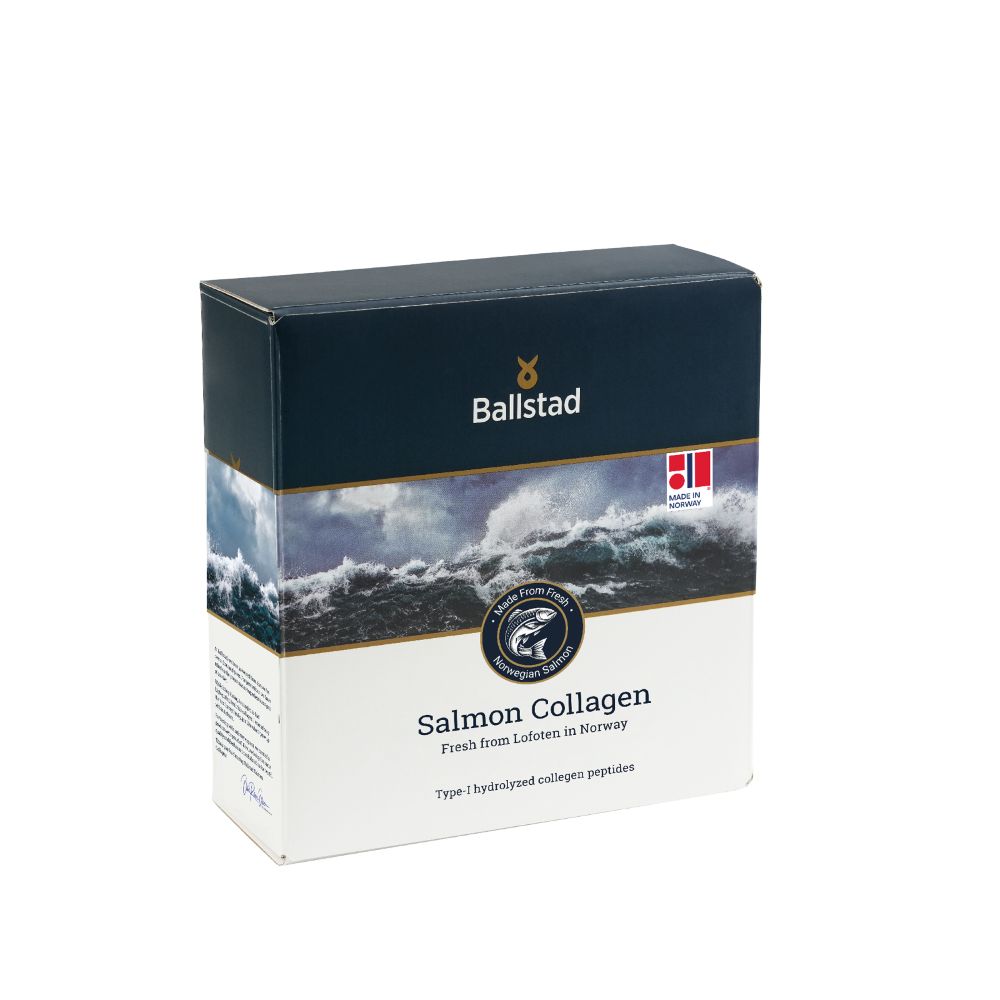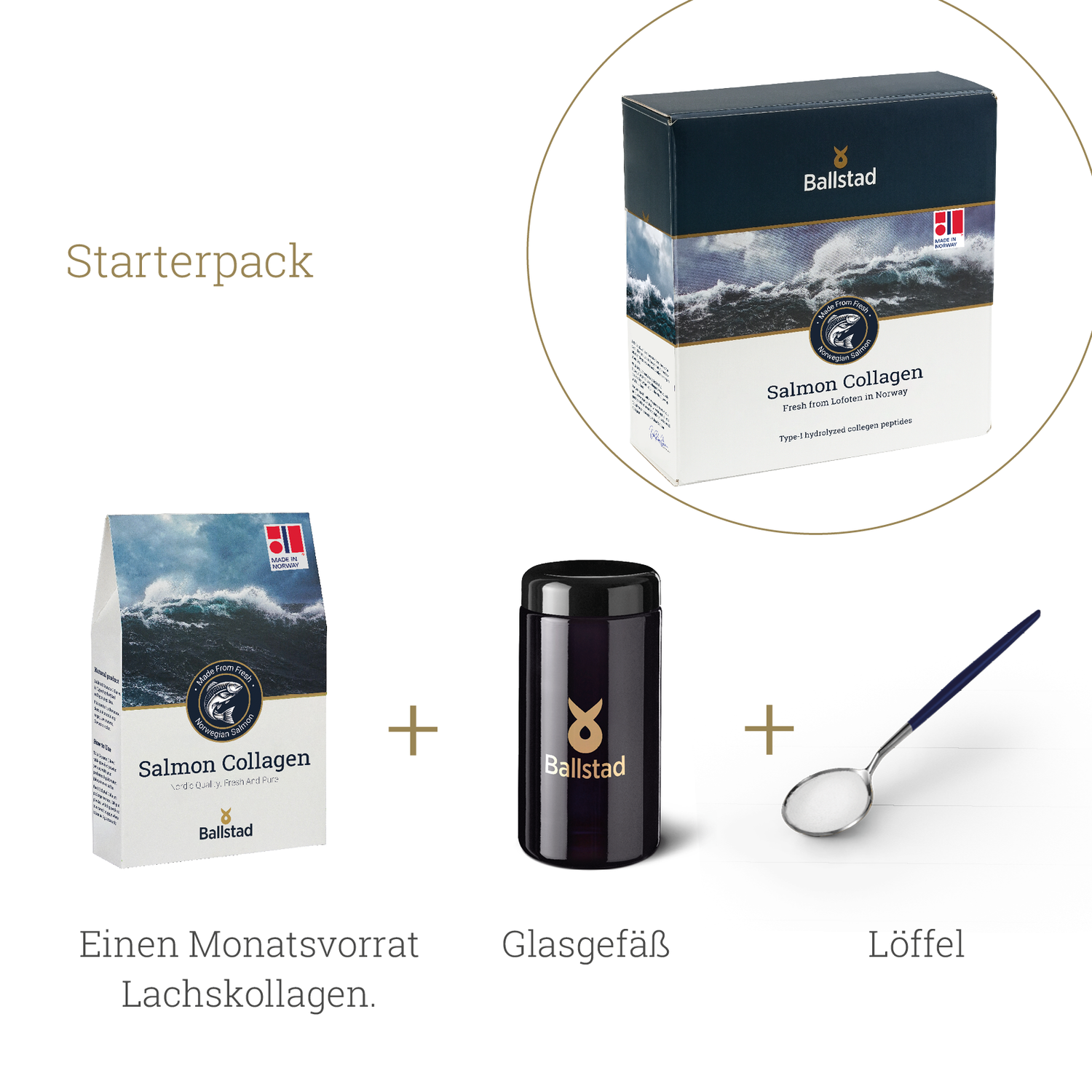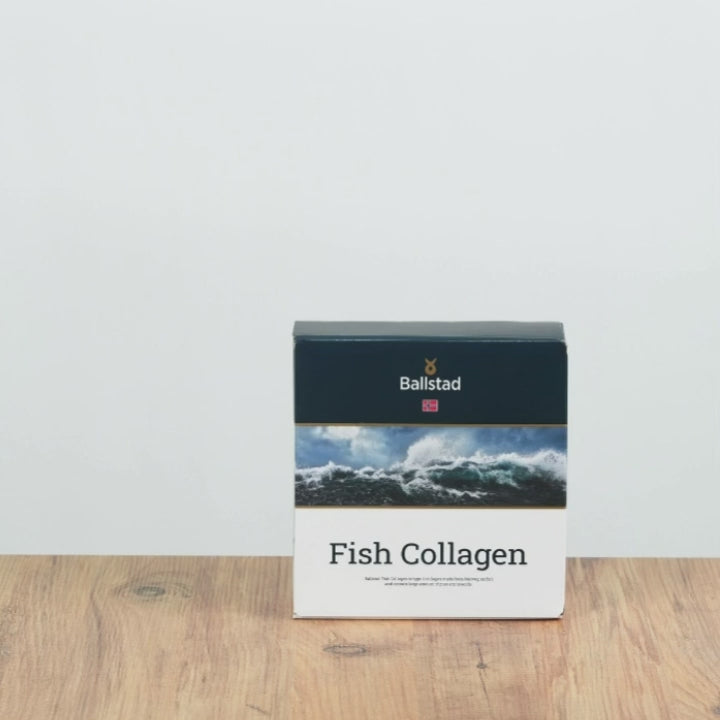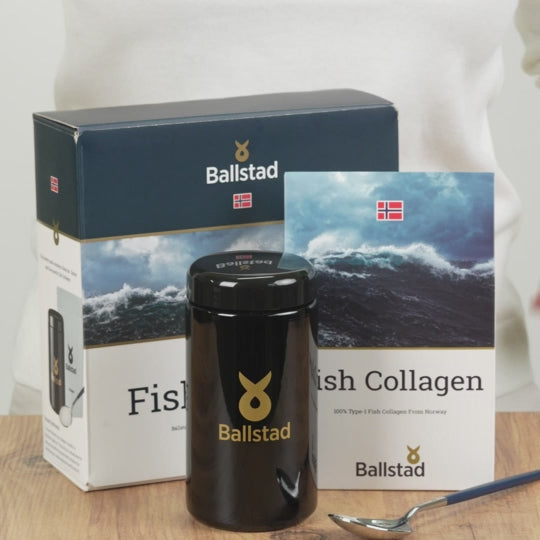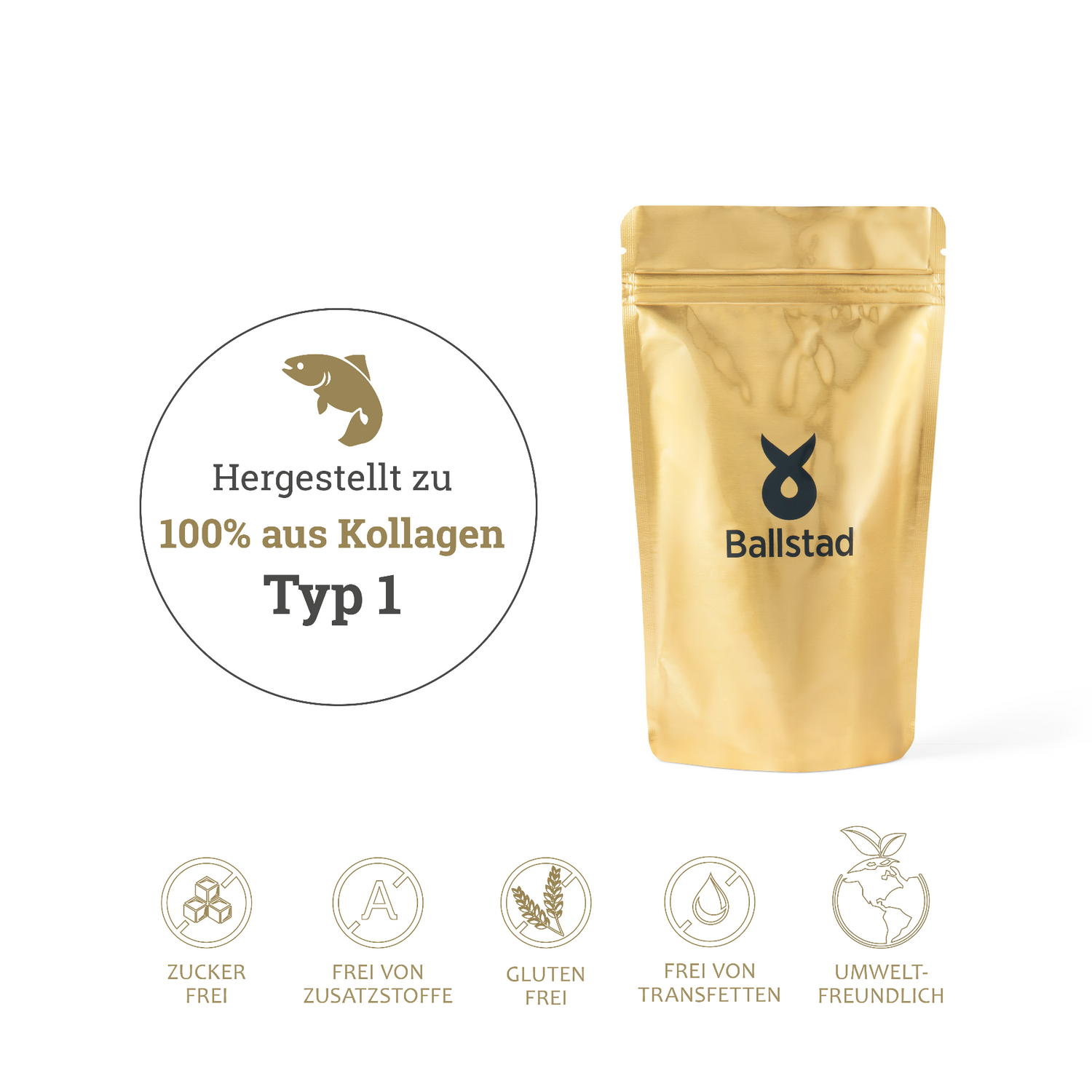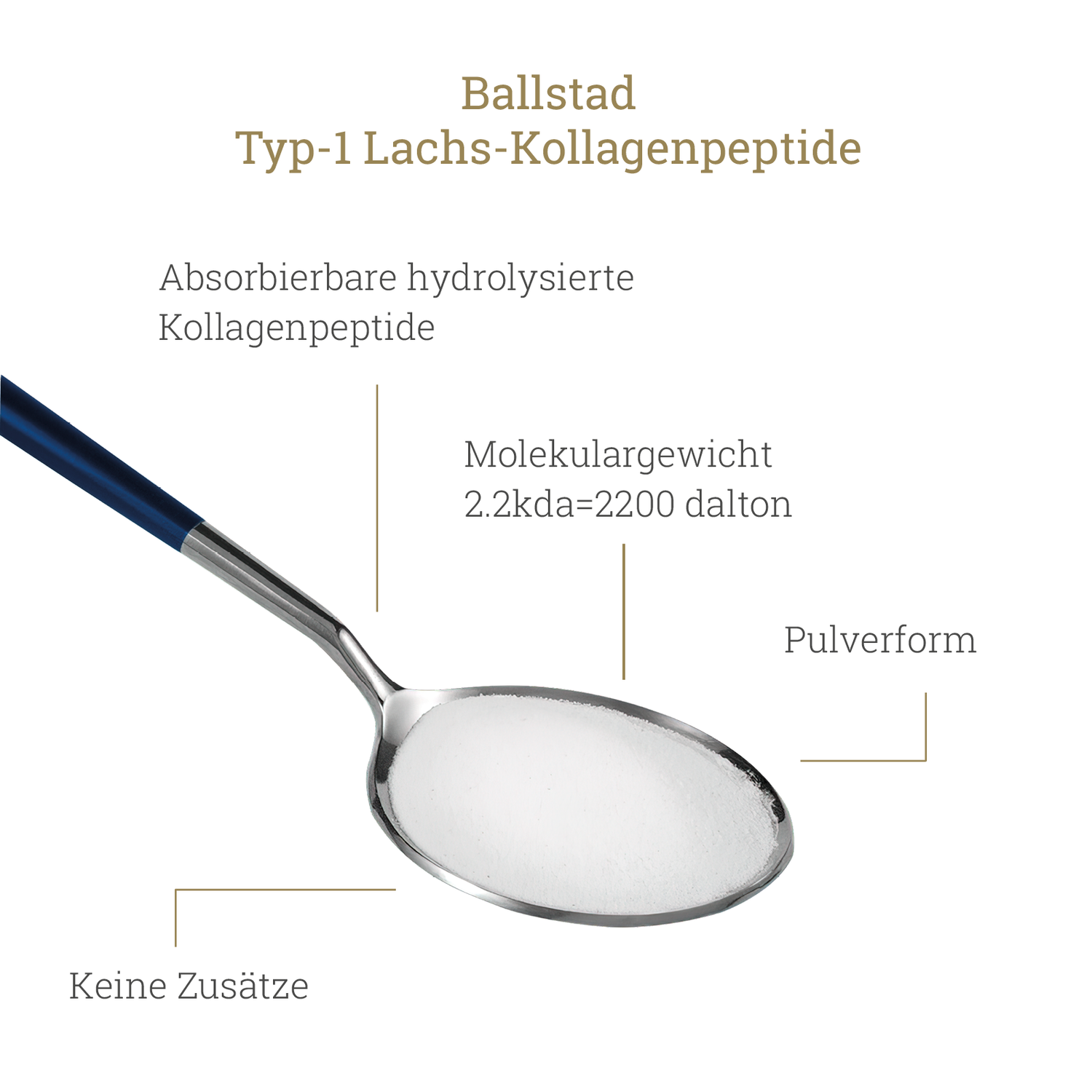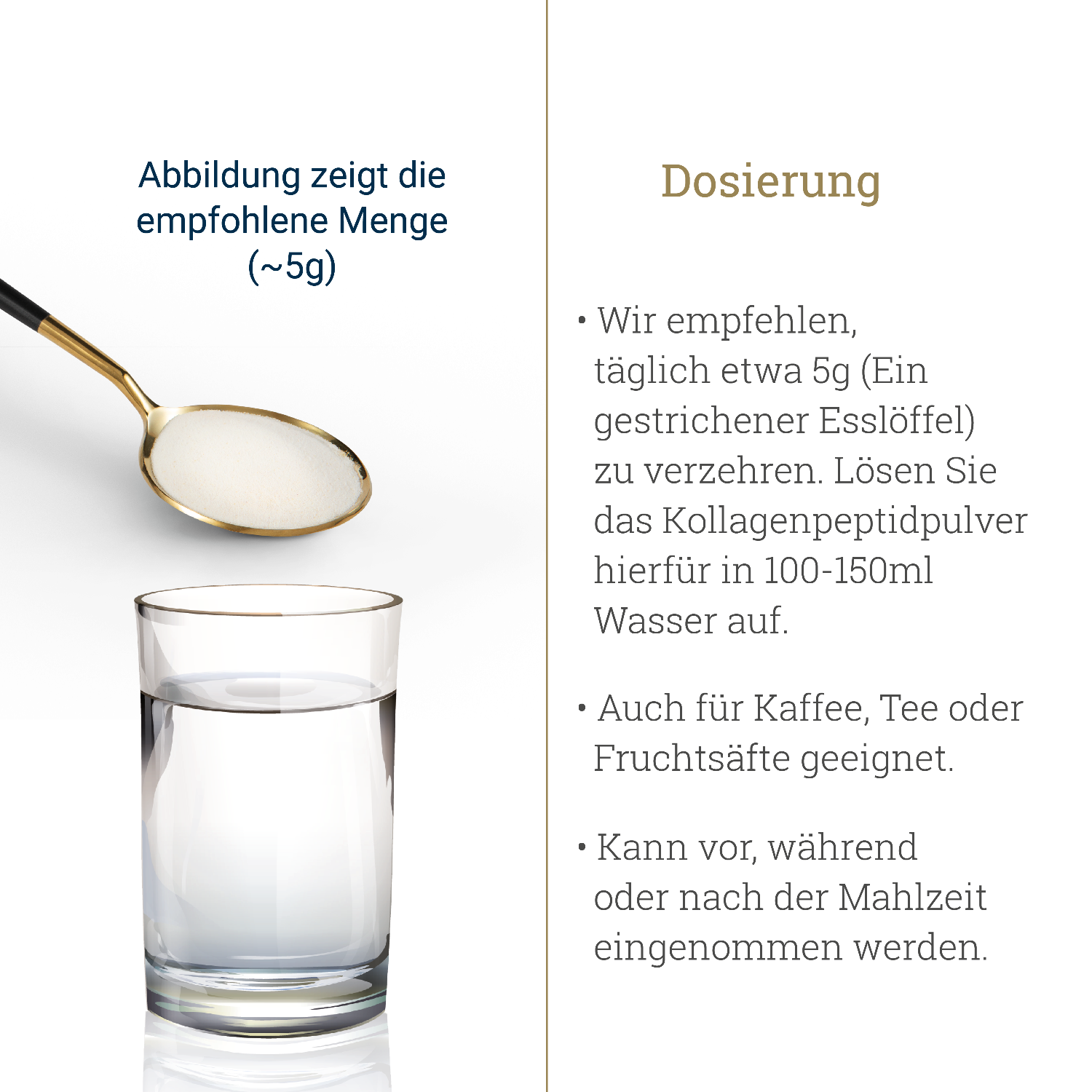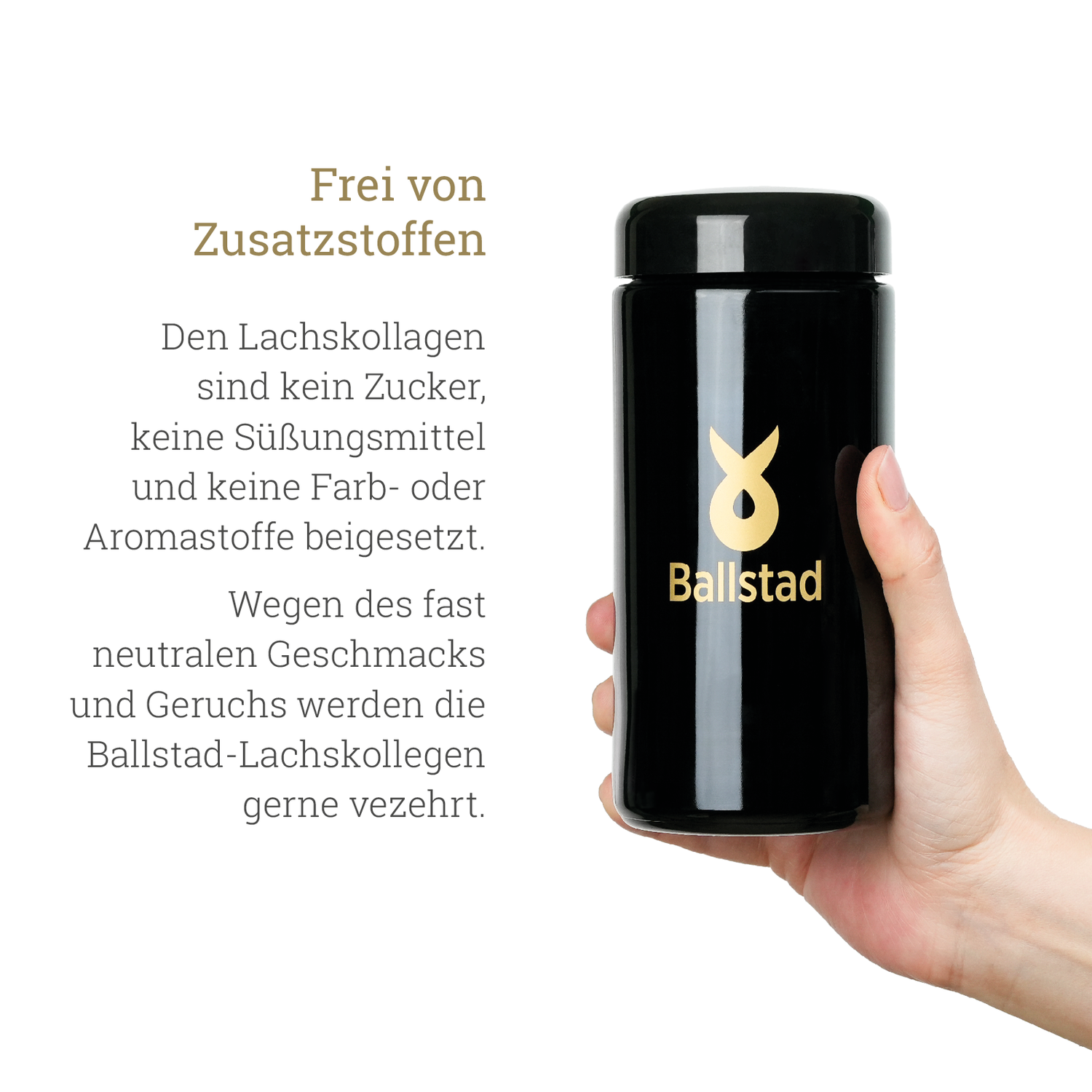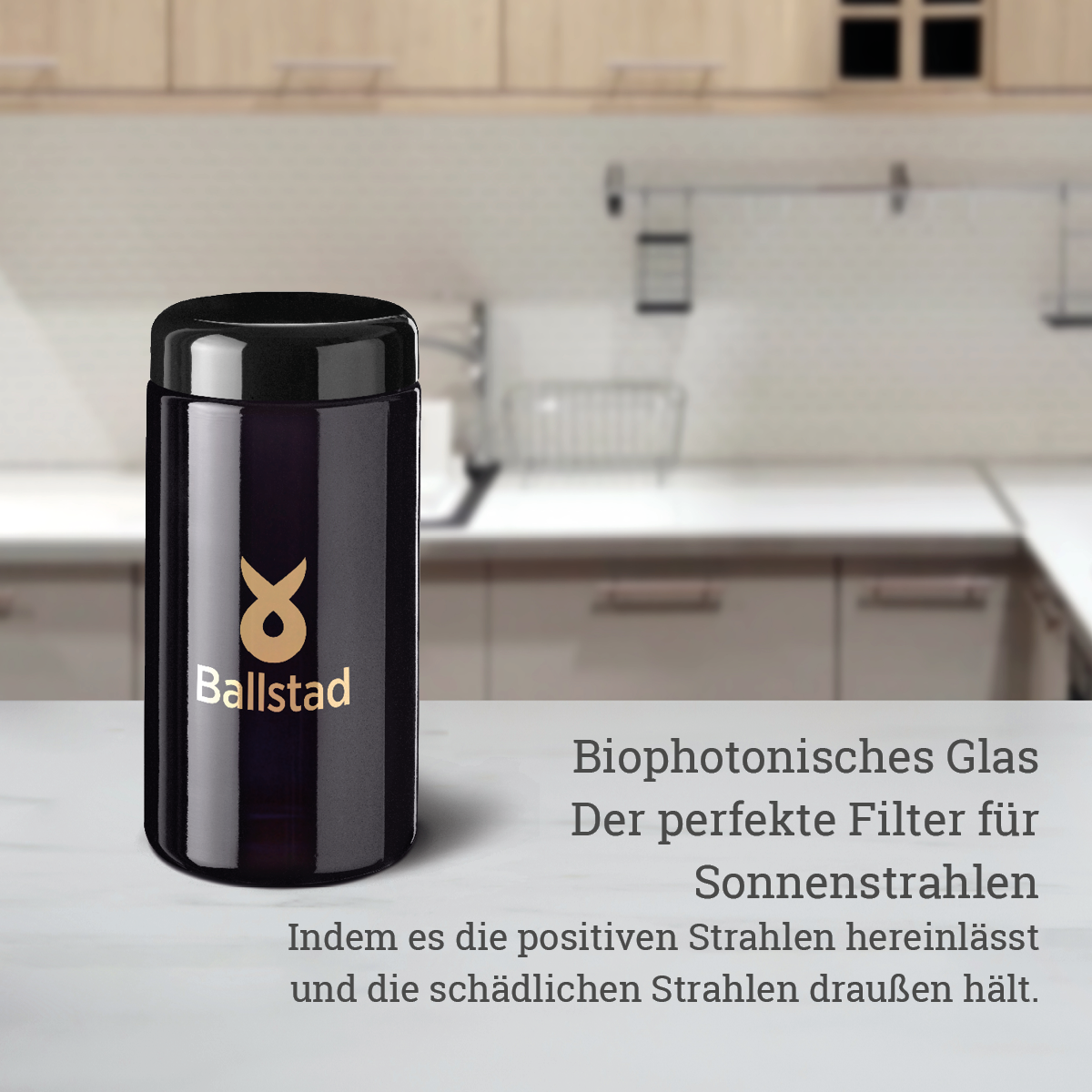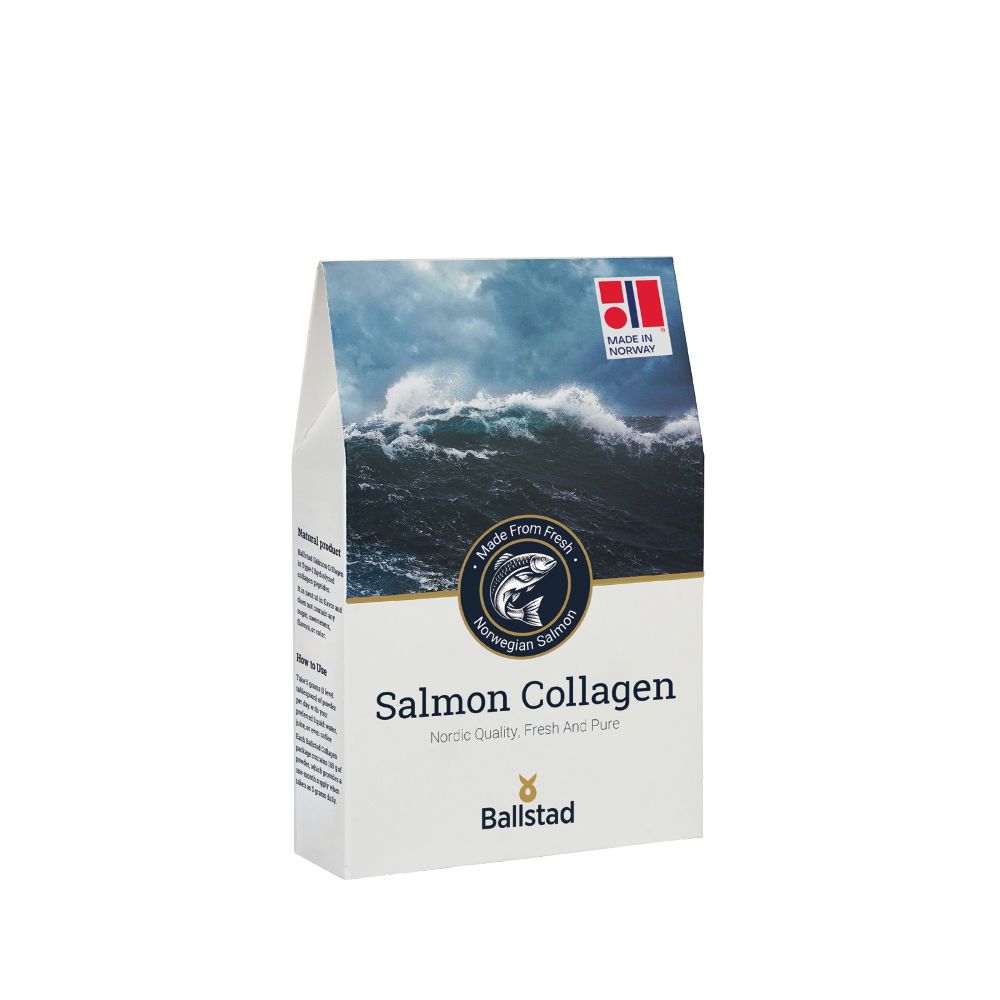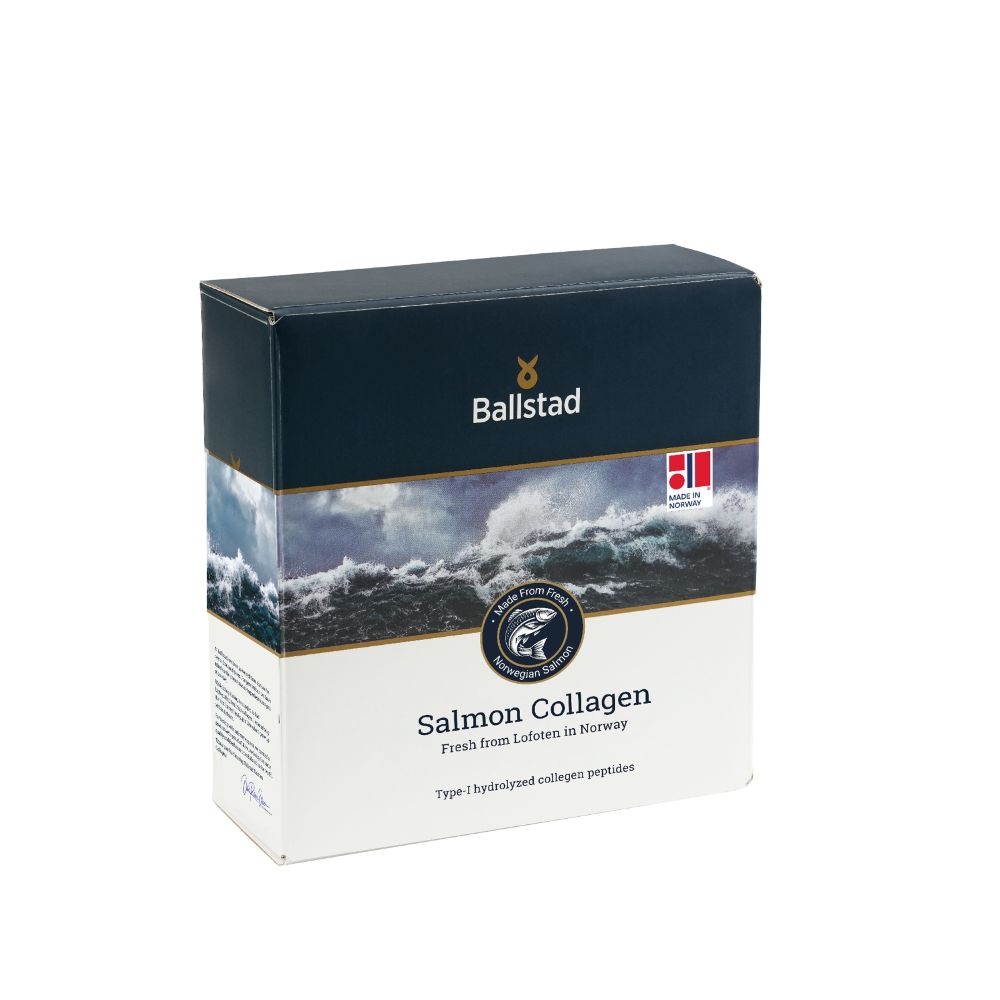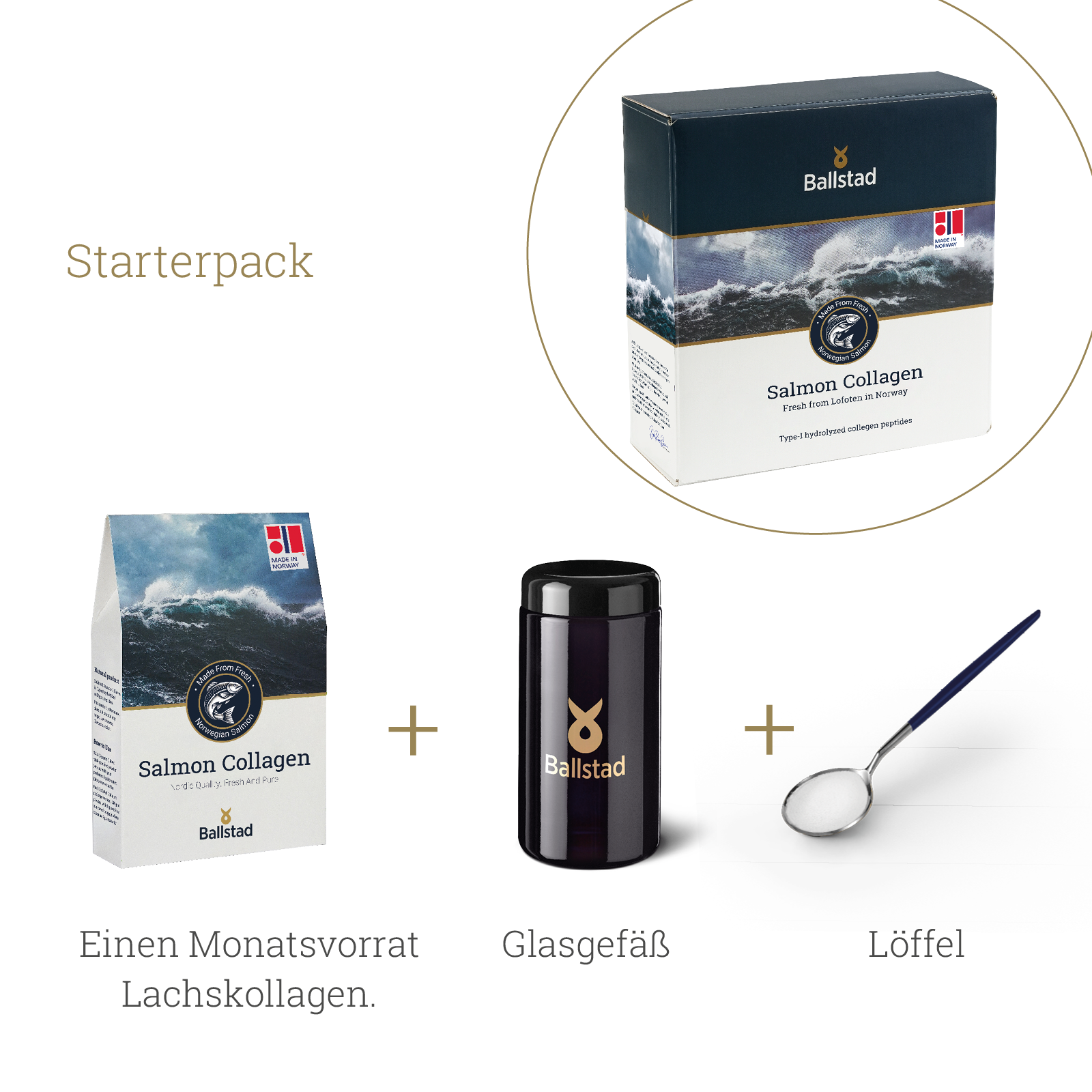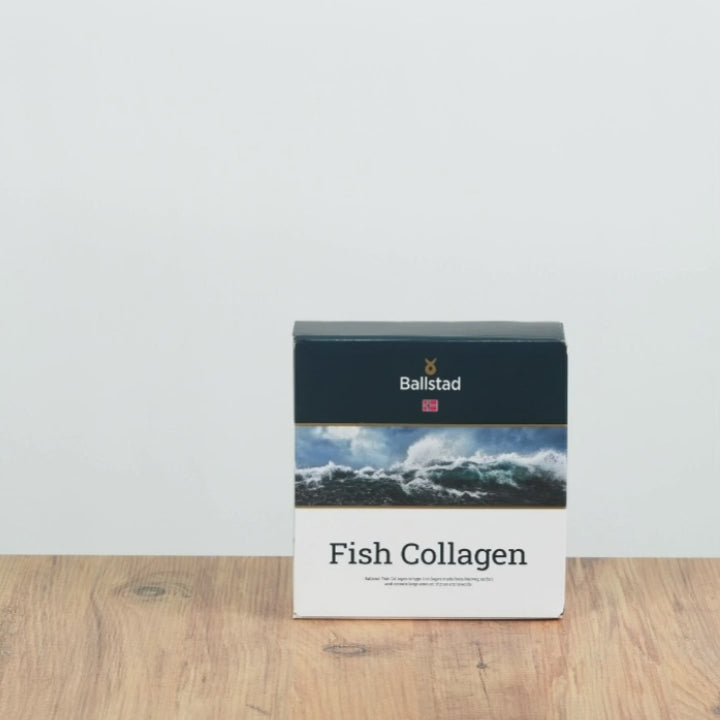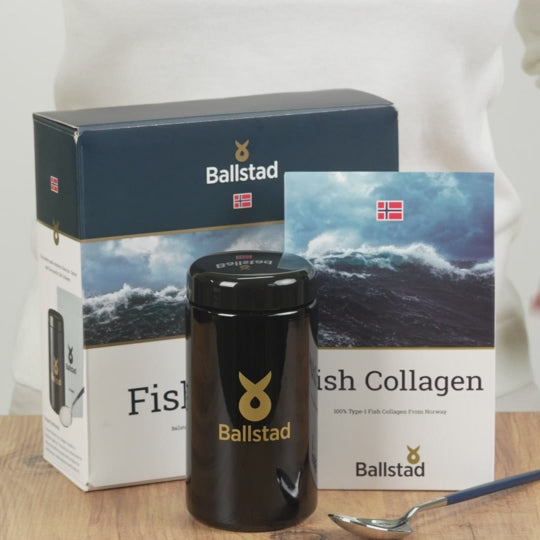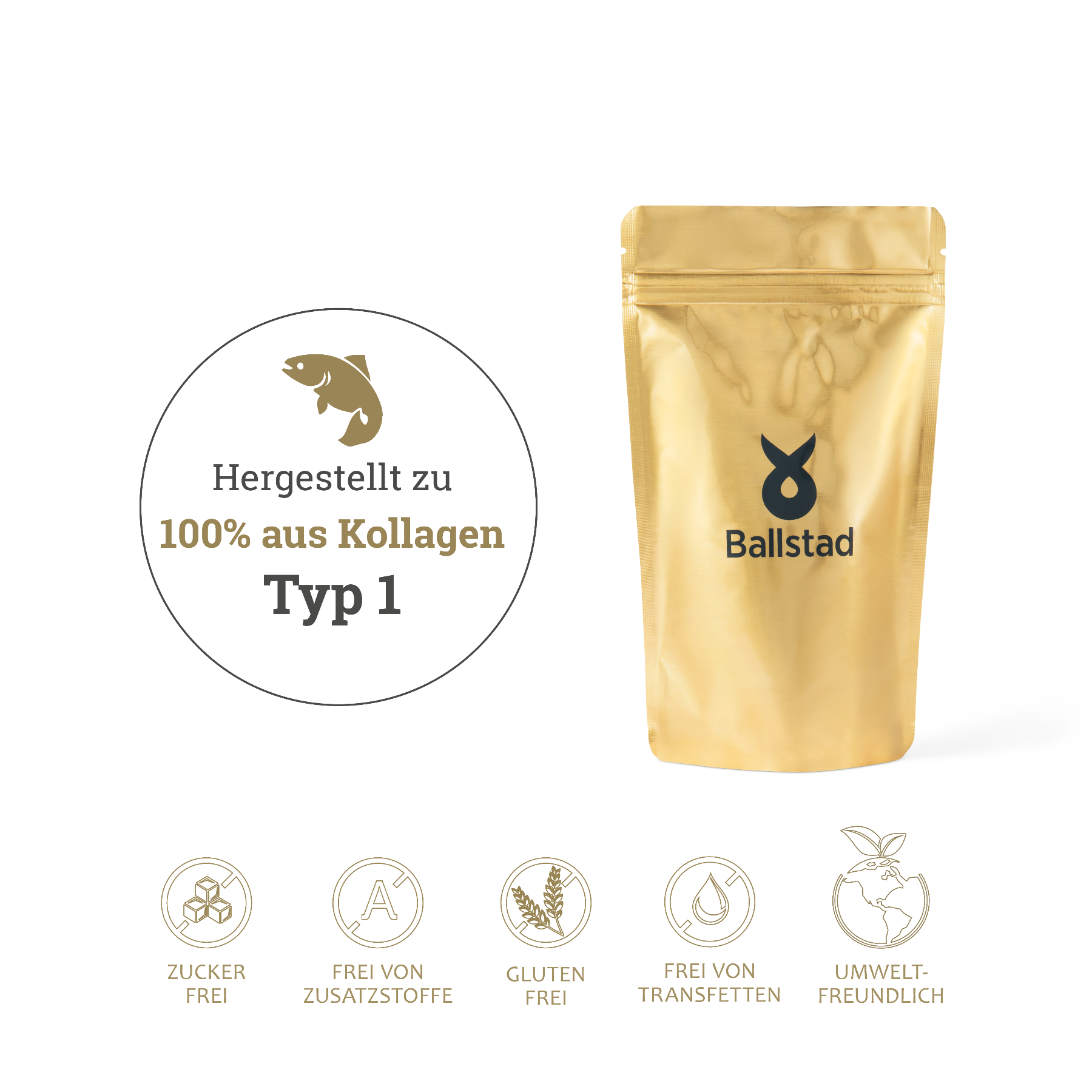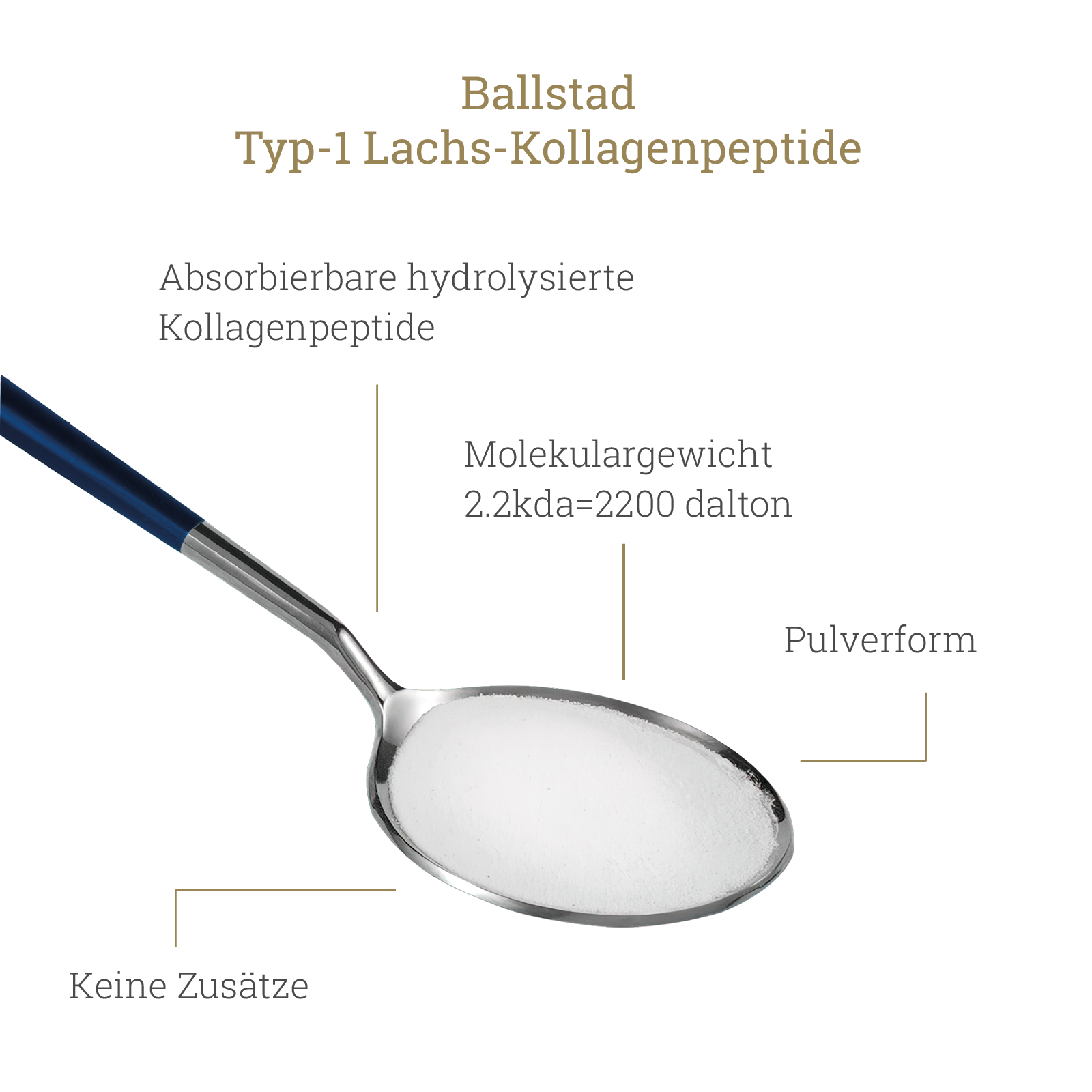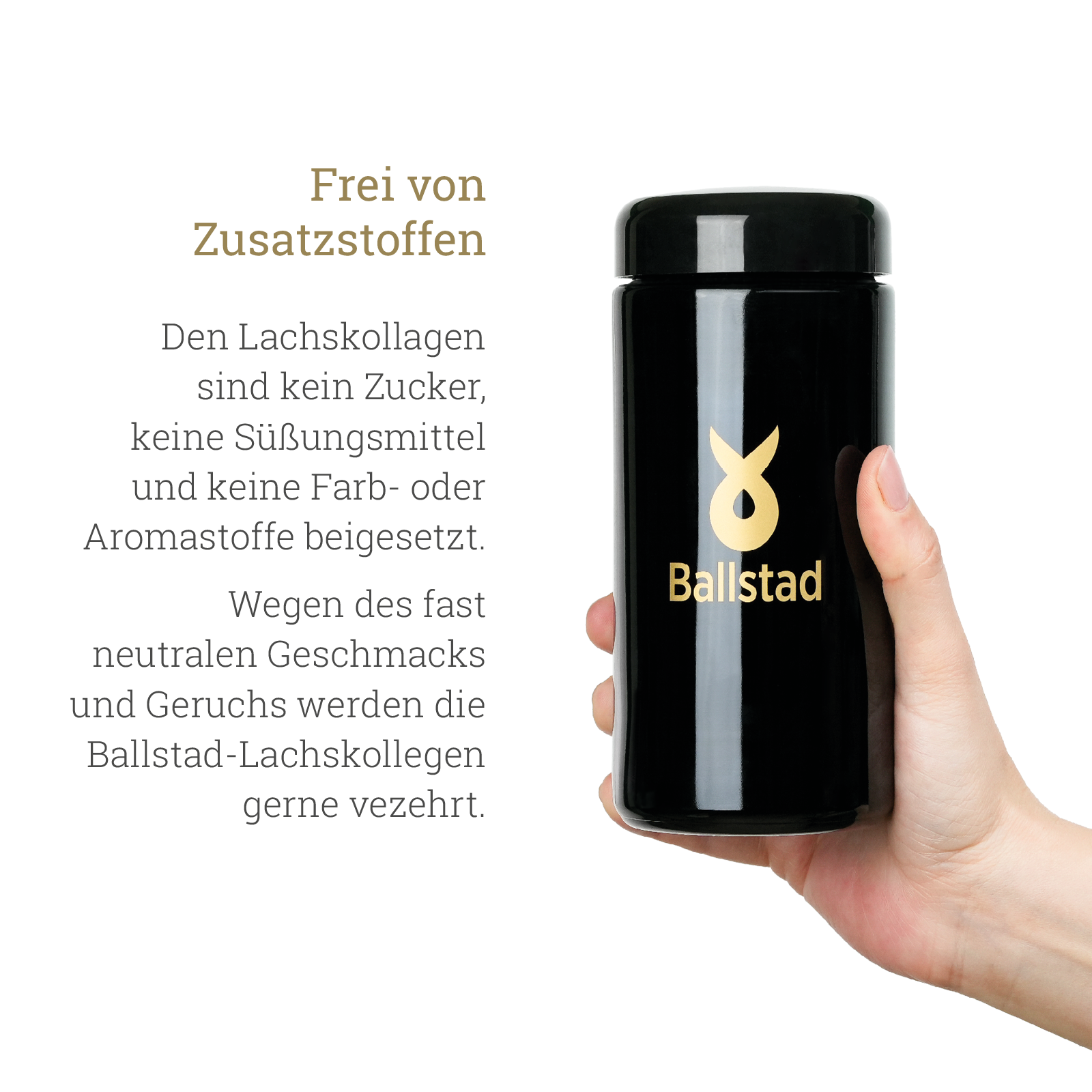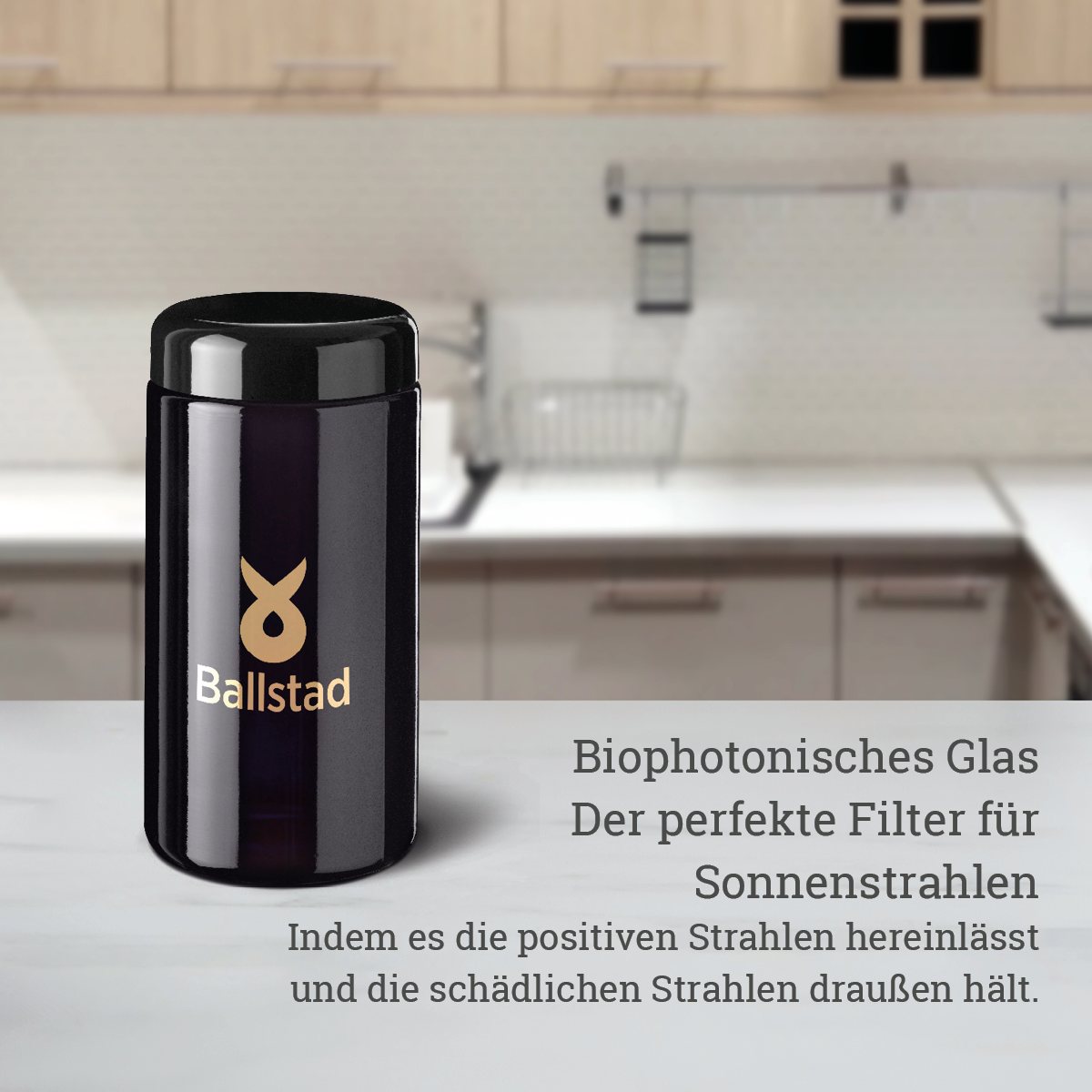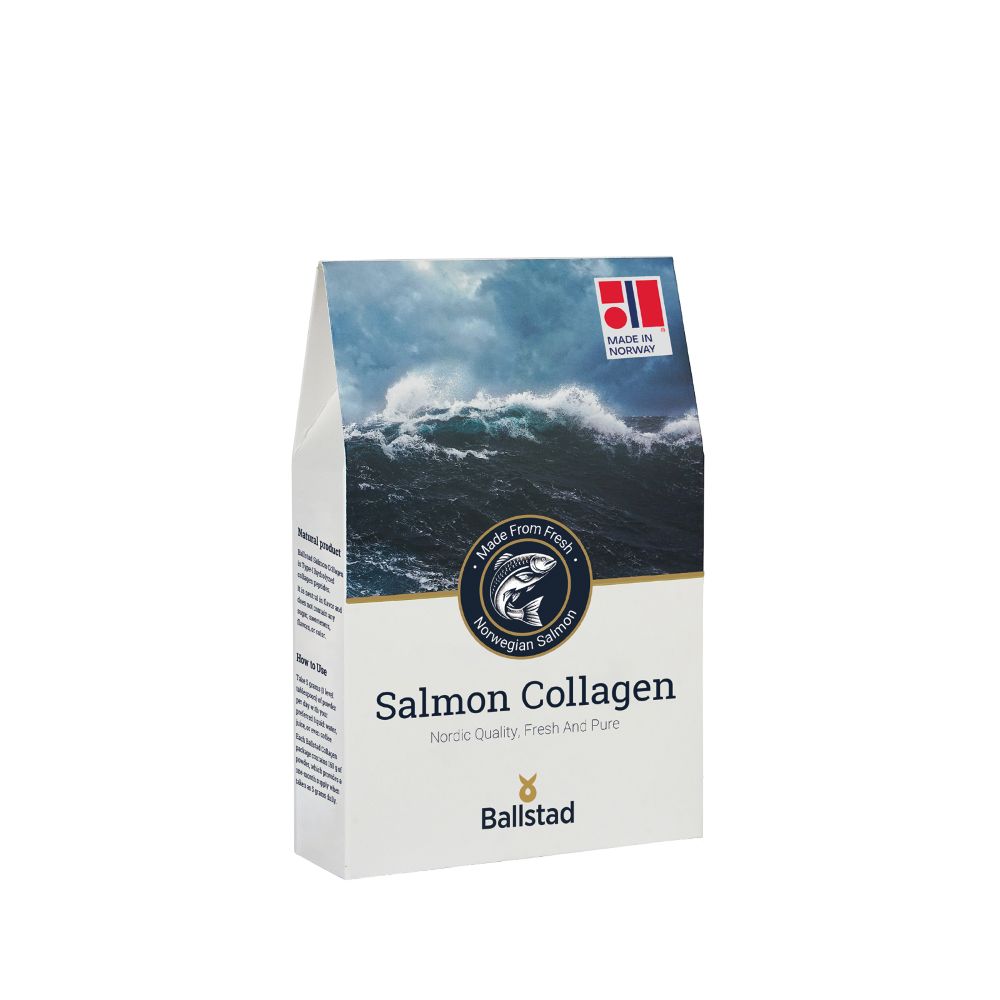Introduction to Omega-3 and the freshness of oils
Omega-3 fatty acids are polyunsaturated fatty acids found in fish oil (e.g., EPA and DHA) and plant sources, among others. Their structural properties make them an important component of a balanced diet. However, the quality of these fatty acids depends heavily on their freshness.
A key problem is oxidation—a process that can affect the stability and sensory properties of oils. The so-called TOTOX value is used to assess the freshness and stability of an oil.
What is lipid oxidation and why is it relevant?
Lipid oxidation describes the chemical reaction of unsaturated fatty acids with oxygen. This initially produces so-called hydroperoxides (primary oxidation products). These can subsequently convert into secondary compounds such as aldehydes, ketones, or alcohols – substances that lead to unpleasant odors and tastes and indicate a loss of quality.
What does the TOTOX value say about omega-3 oils?
The TOTOX value ("Total Oxidation") is a measure of the overall oxidation status of an oil. It combines the results of primary and secondary oxidation measurements:
TOTOX = 2 × peroxide number (PV) + anisidine number (AV)
-
Peroxide value (PV): Indicates the amount of peroxides (early oxidation products). A high PV may indicate exposure to light, heat, or oxygen.
-
Anisidine value (AV): Measures secondary oxidation products such as aldehydes. An elevated AV may indicate advanced oxidation and sensory changes.
Guidance according to GOED (Global Organization for EPA and DHA Omega-3s):
-
Peroxide value (PV): ≤ 5 meq/kg
-
Anisidine number (AV): ≤ 20
-
TOTOX value: ≤ 26
These guidelines serve as a benchmark for quality assessment and stability testing of oils containing omega-3.
Why oxidation is an issue with Omega-3
Omega-3 supplements, in particular, are susceptible to oxidation due to their high content of unsaturated fatty acids. Studies have shown that products on the market vary greatly in their degree of oxidation. Regular monitoring using TOTOX measurements can contribute to quality assurance.
What consumers should look for in Omega-3 products
-
Make sure that manufacturers regularly test their products for the TOTOX value.
-
Choose products in light-protected, airtight packaging.
-
Store in a cool, dry place to promote stability.
Conclusion: Why TOTOX measurement is useful
TOTOX measurement allows for a sound assessment of the freshness and quality of omega-3-containing oils. A low TOTOX value can indicate gentle processing and good storage conditions. Those who select high-quality omega-3 products benefit from better control over product quality.
References:
-
Jackowski, Stefan A., vd. "Oxidation levels of North American over-the-counter n-3 (omega-3) supplements and the influence of supplement formulation and delivery form on evaluating oxidative safety." Journal of Nutritional Science, 2015.
-
Wai, Wan Tatt, Bahruddin Saad and Boey Peng Lim. "Determination of TOTOX value in palm oleins using a FI-potentiometric analyzer." Food Chemistry, 2009.


